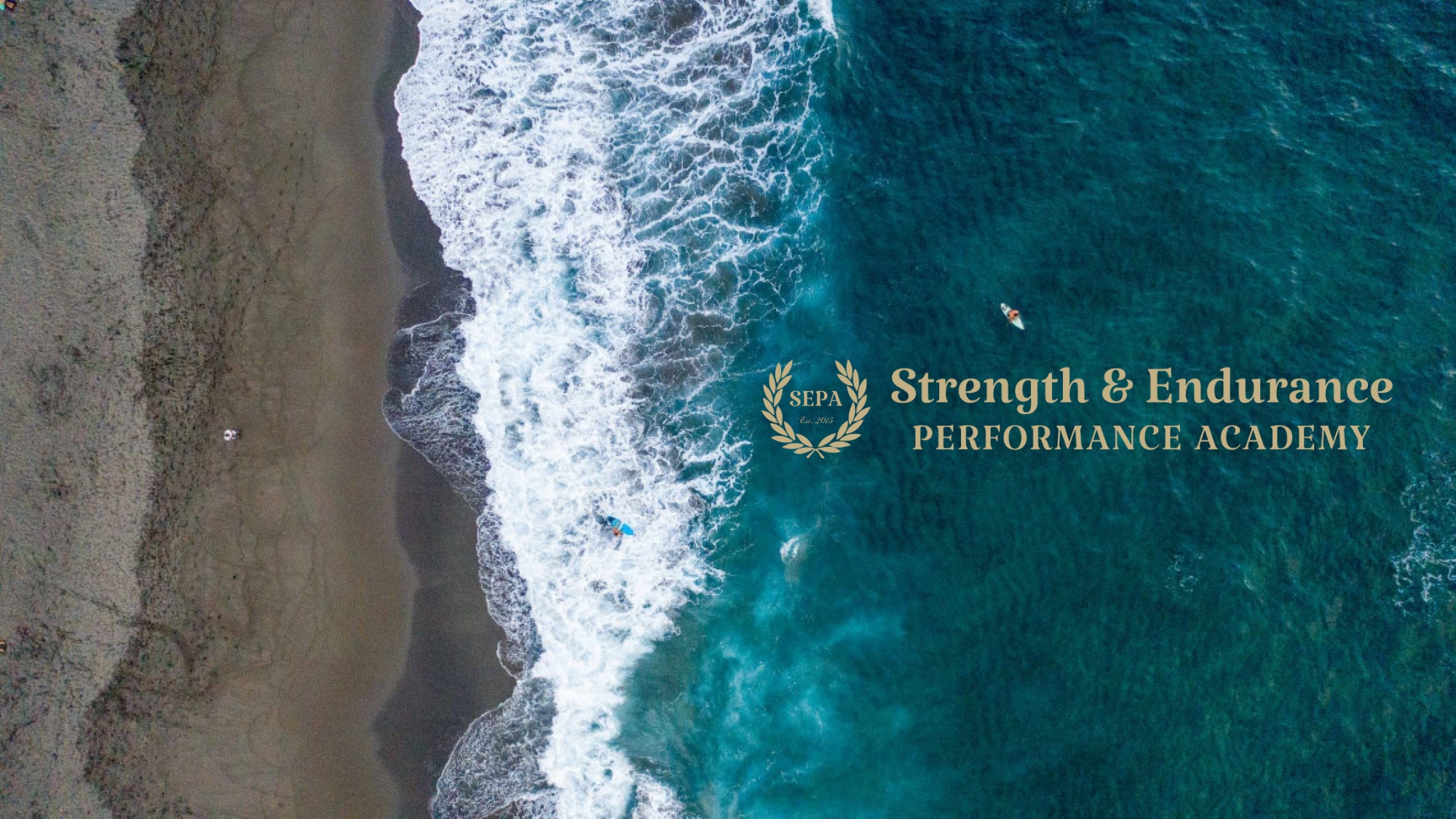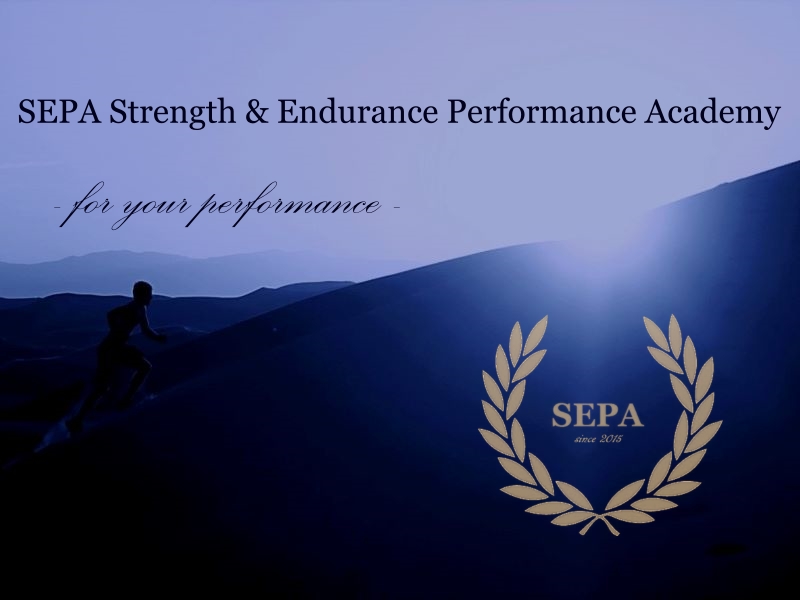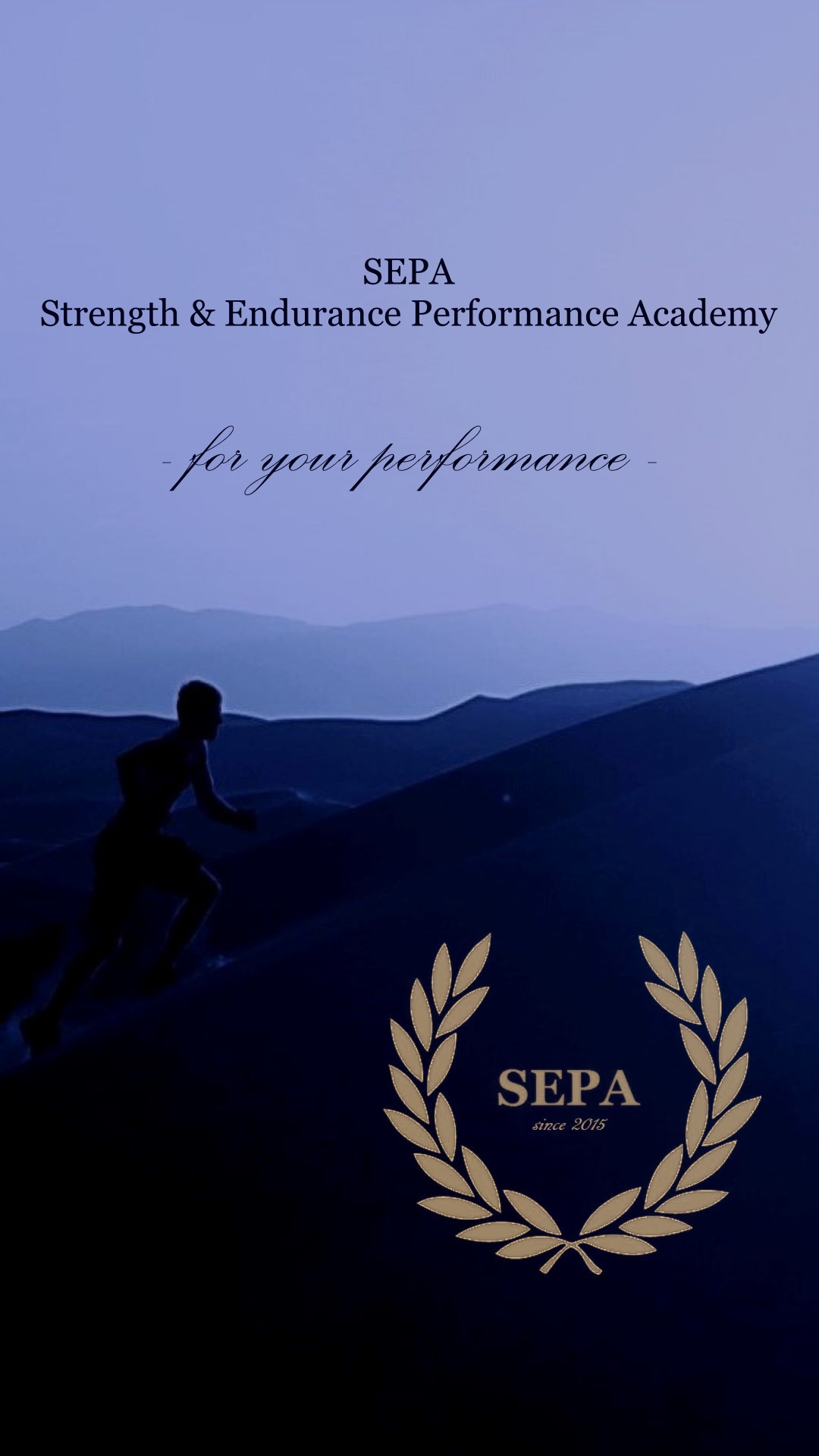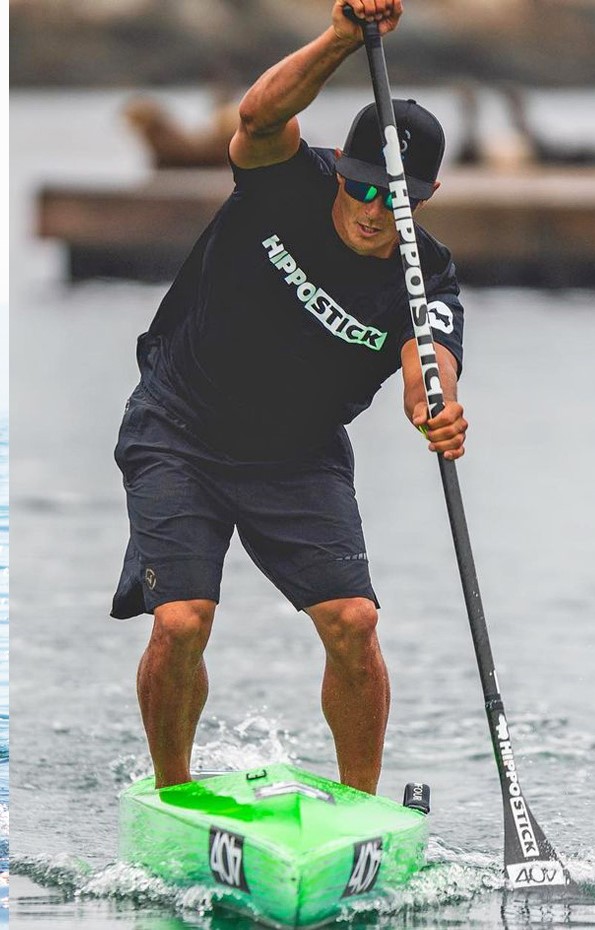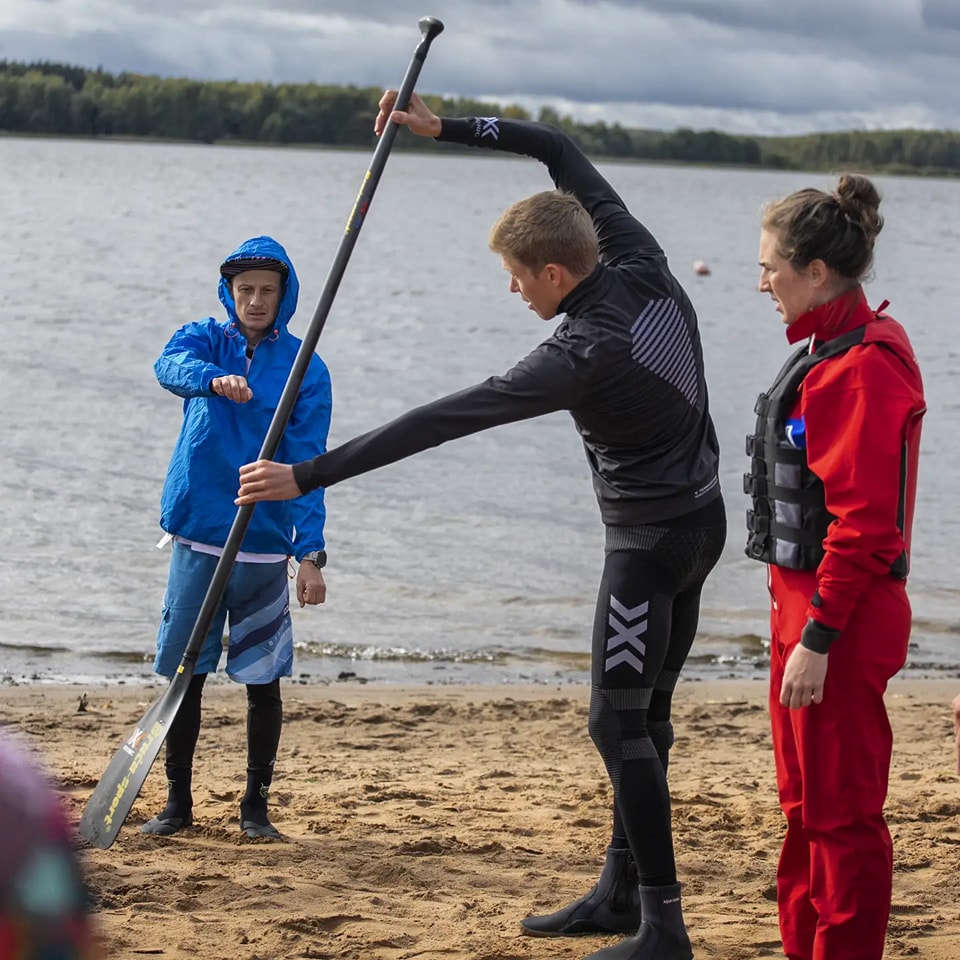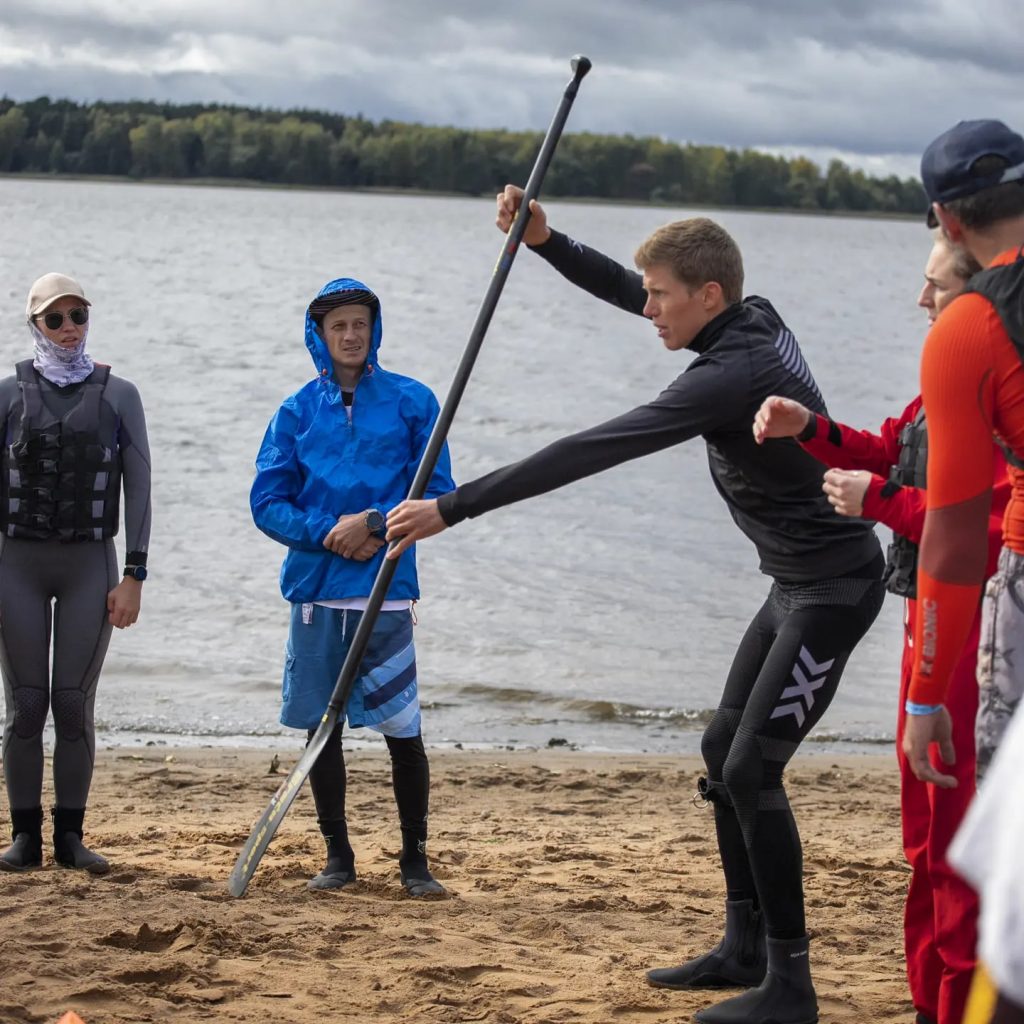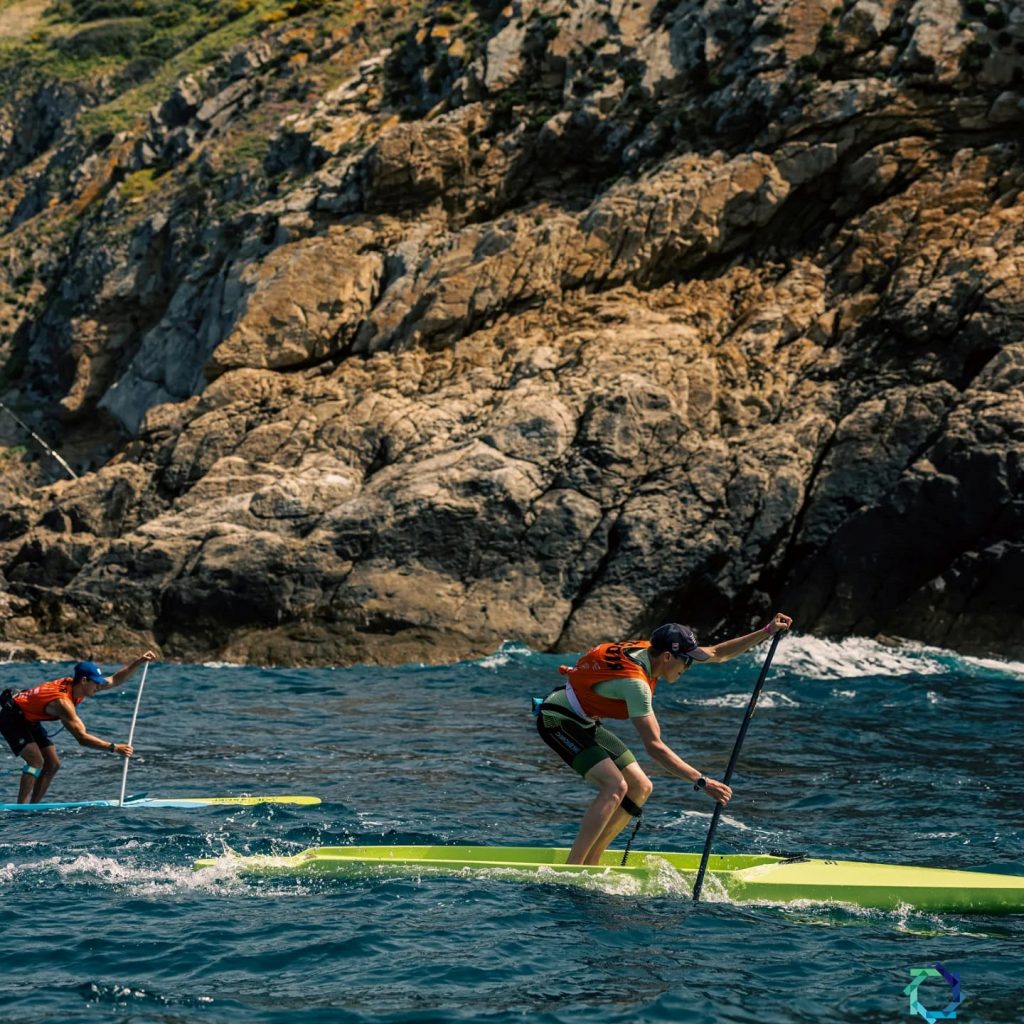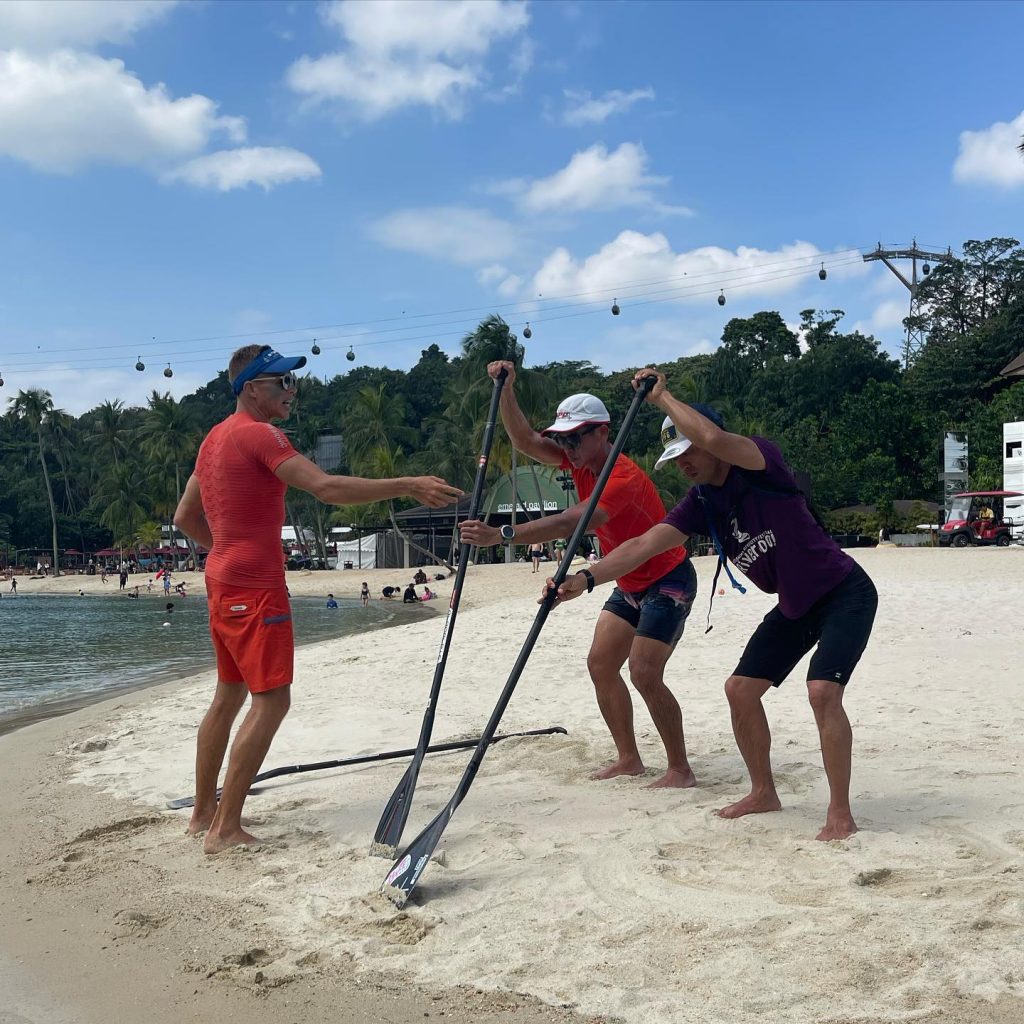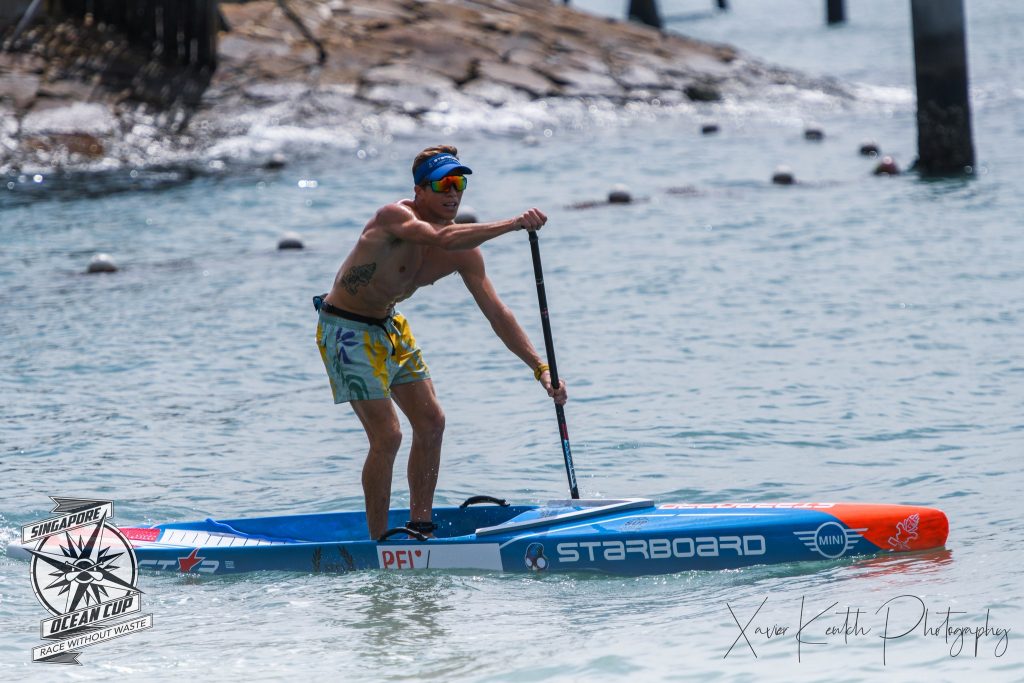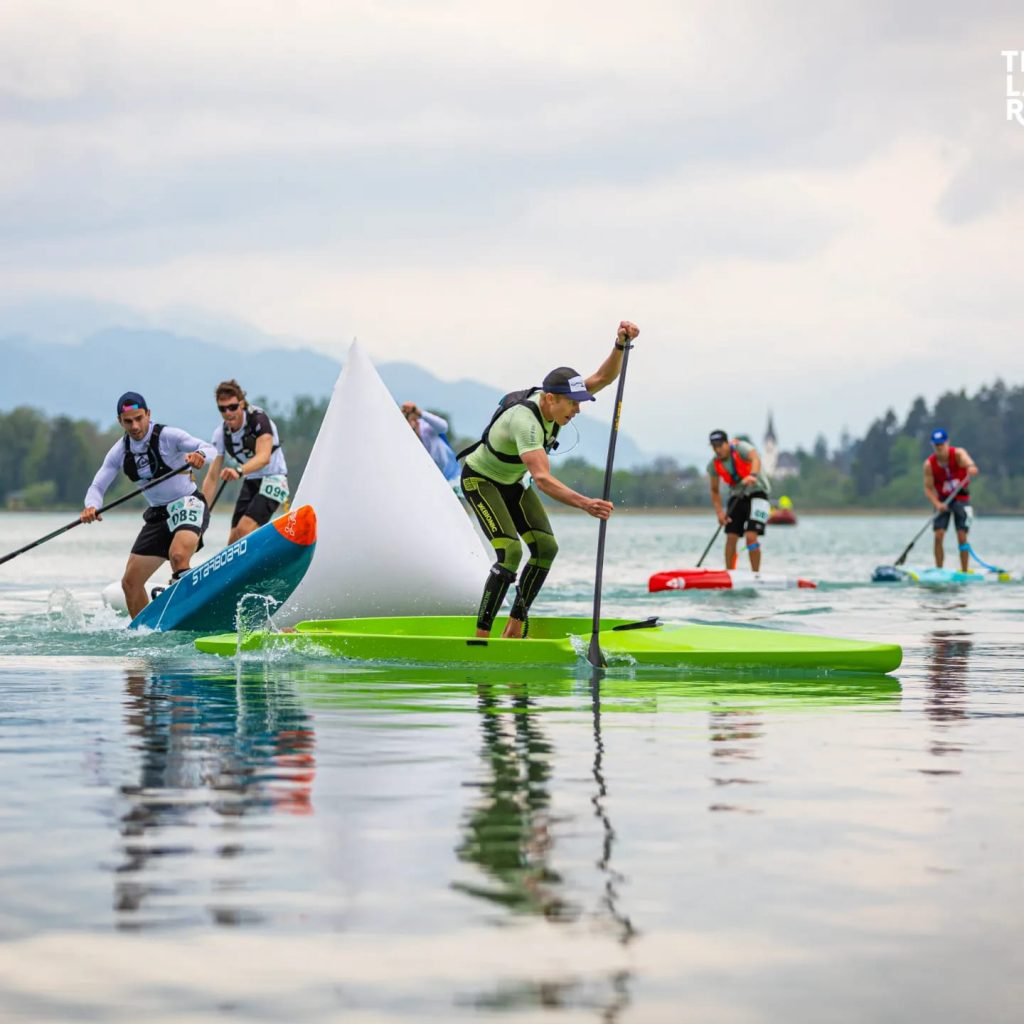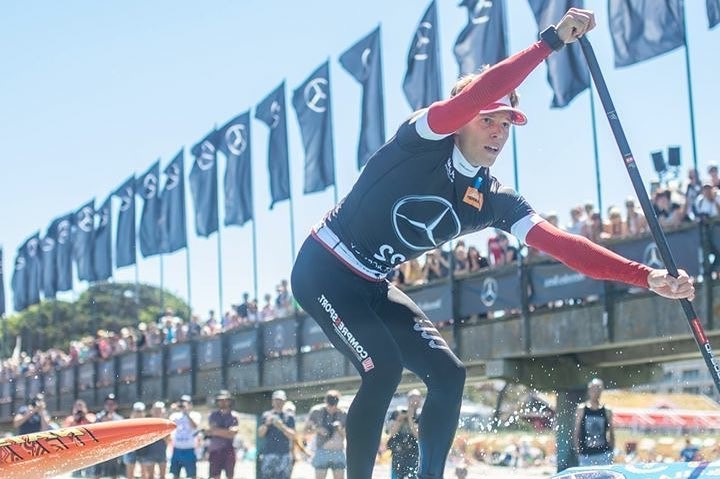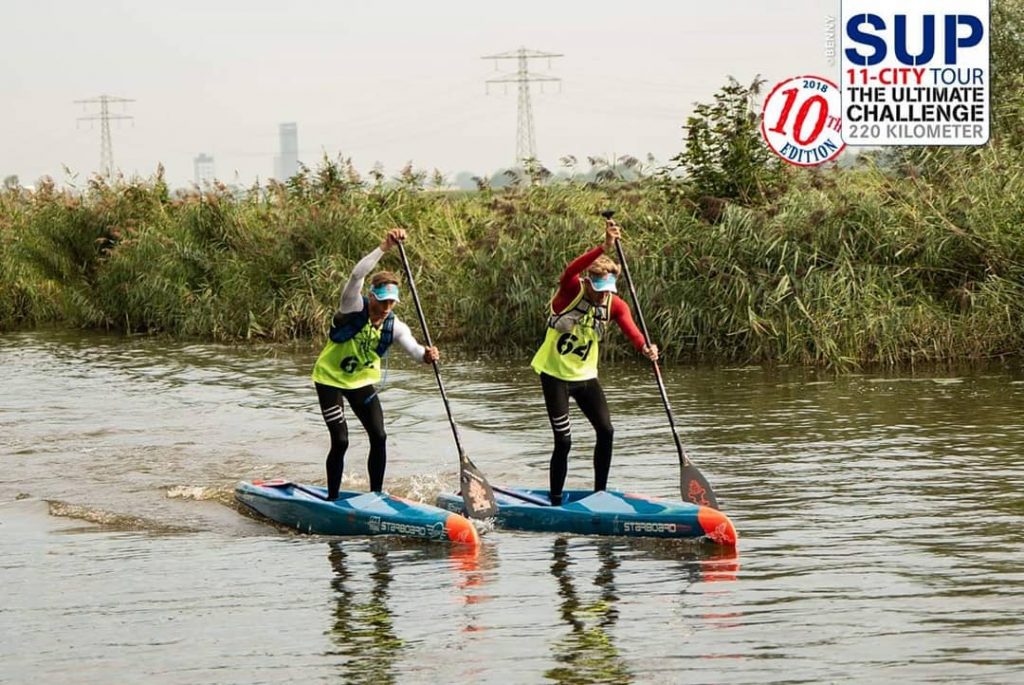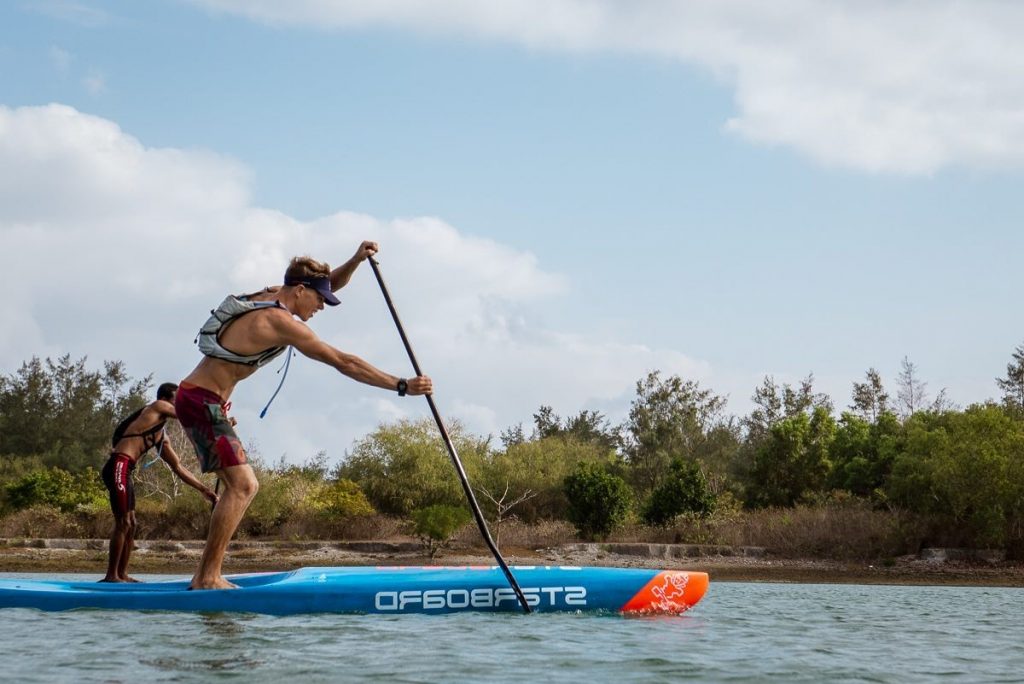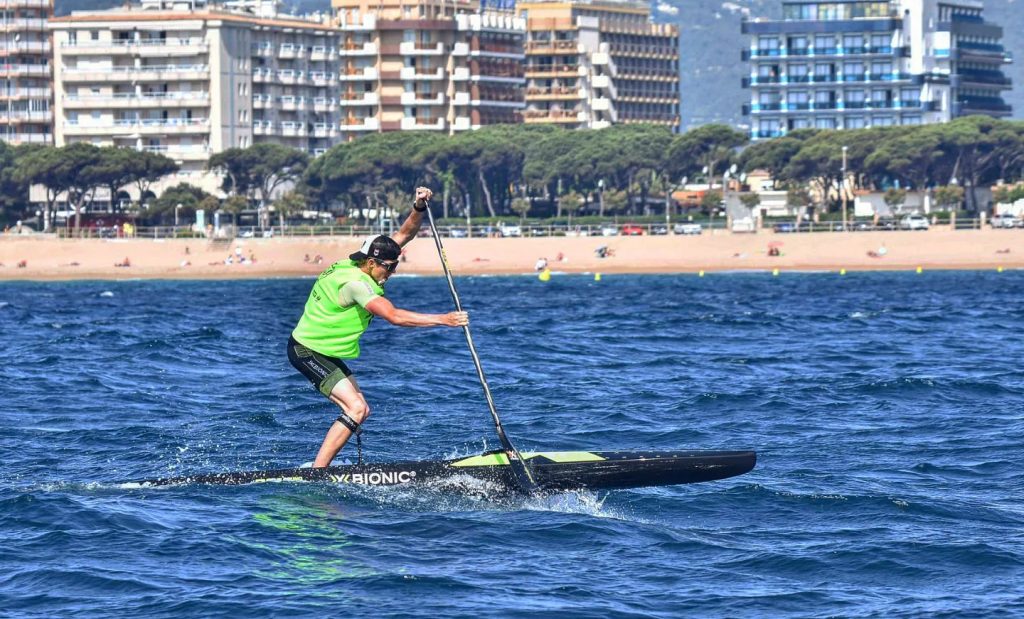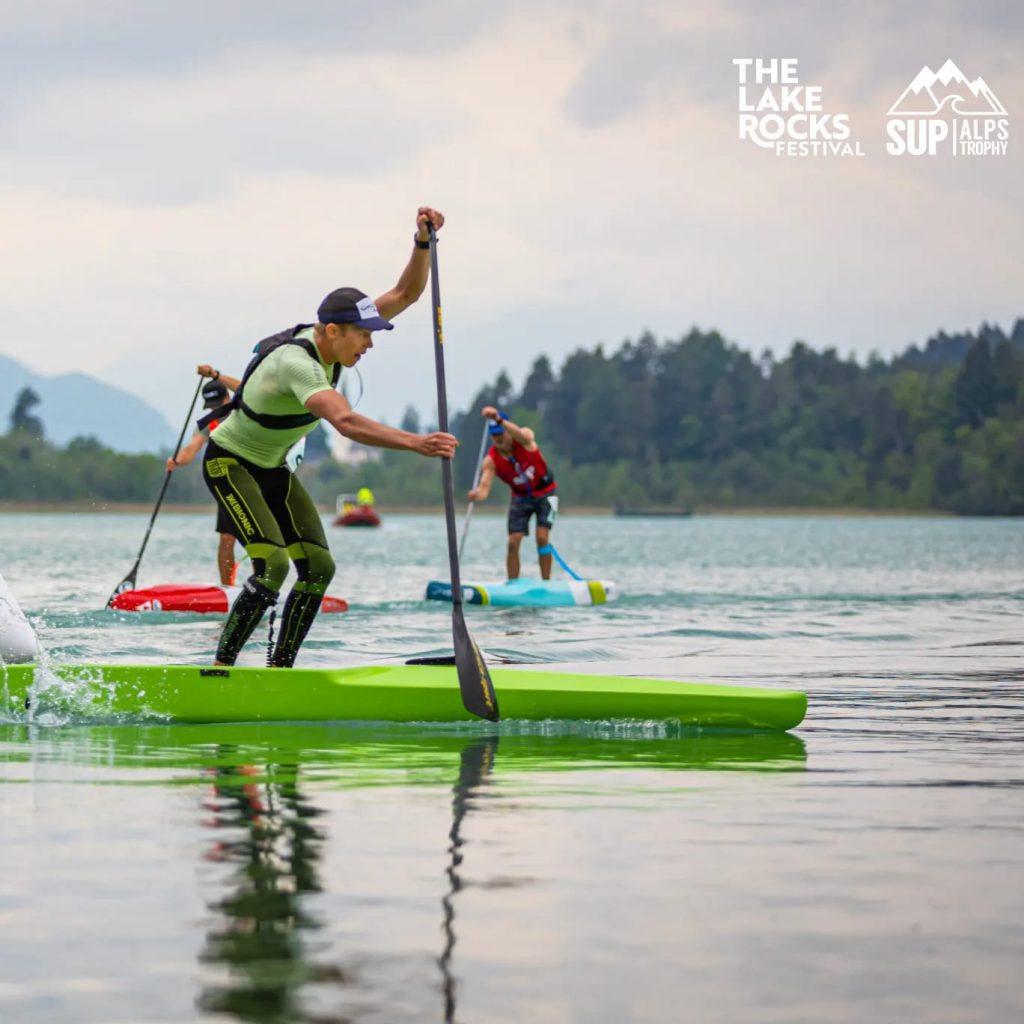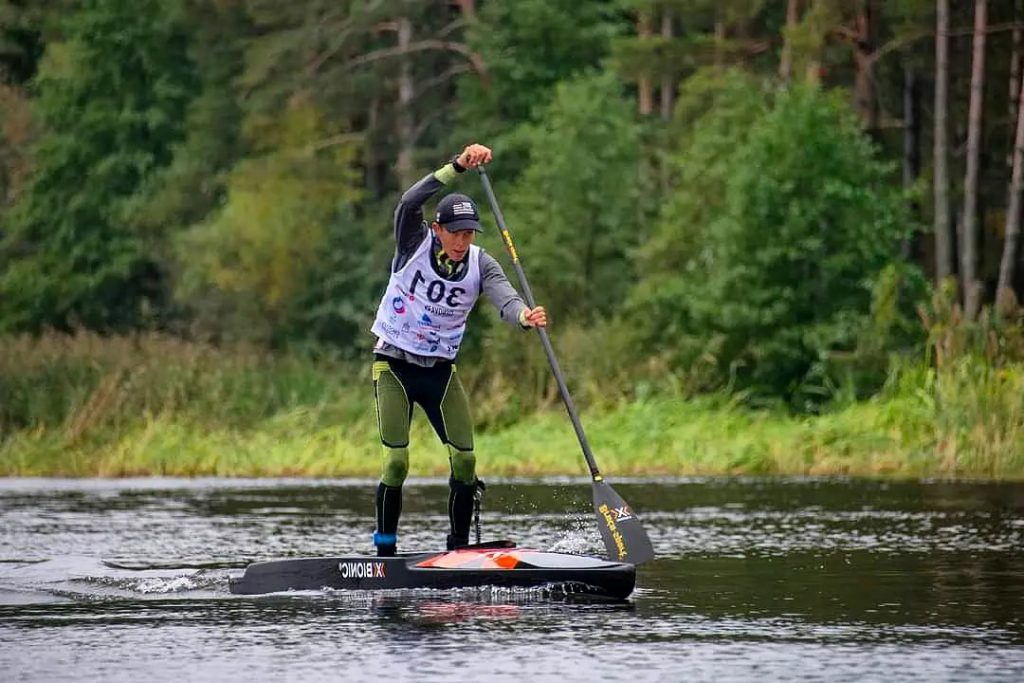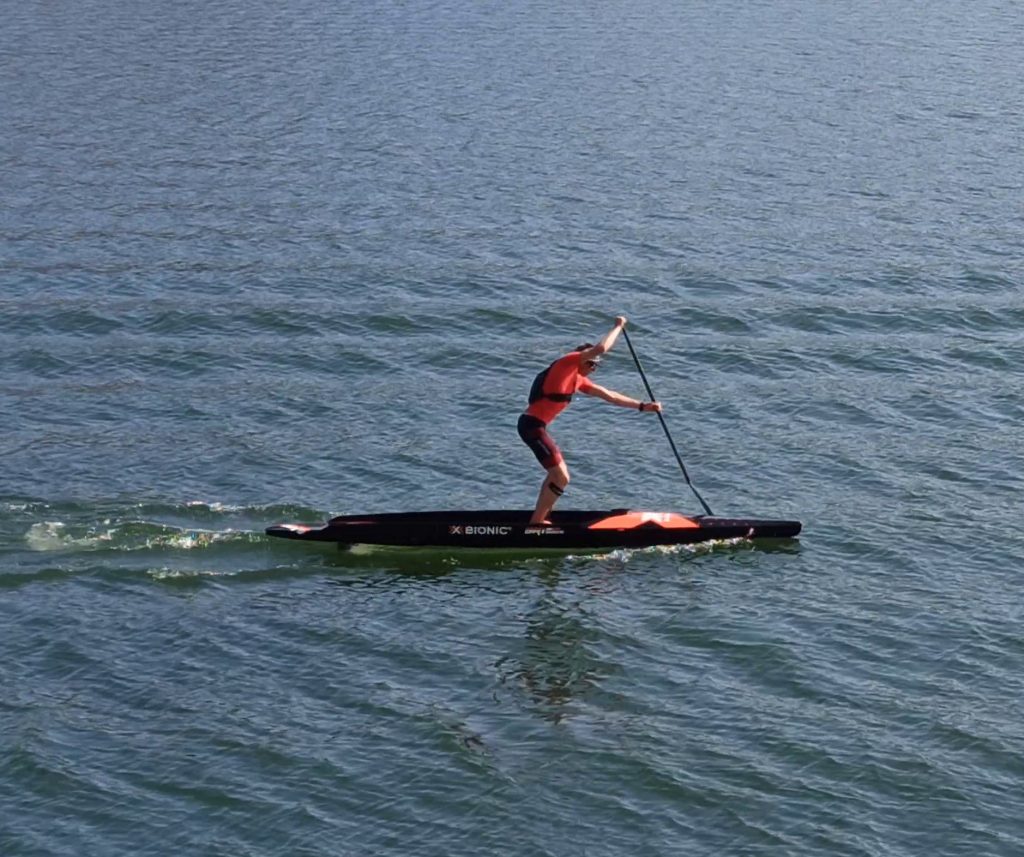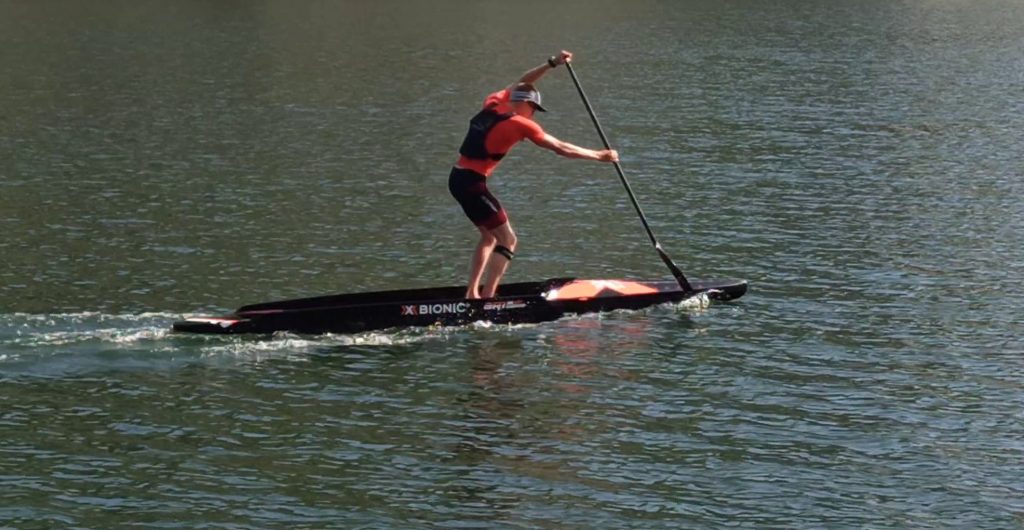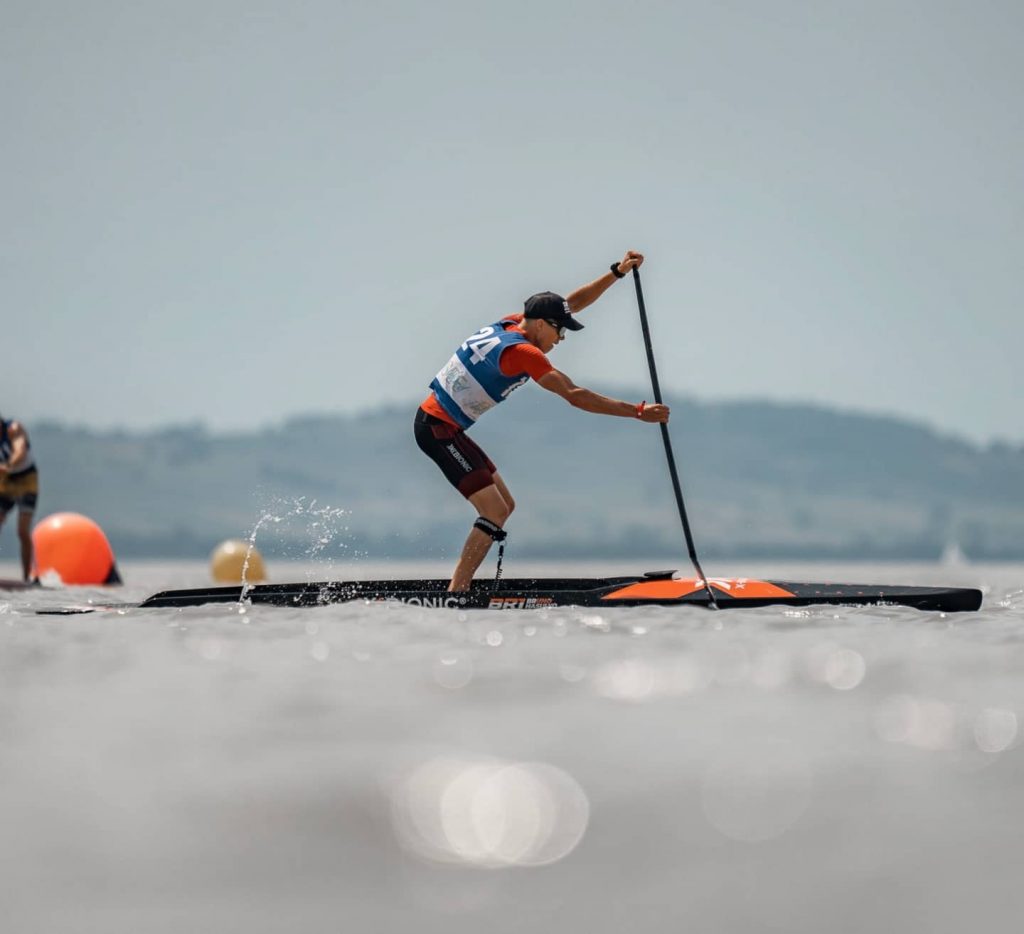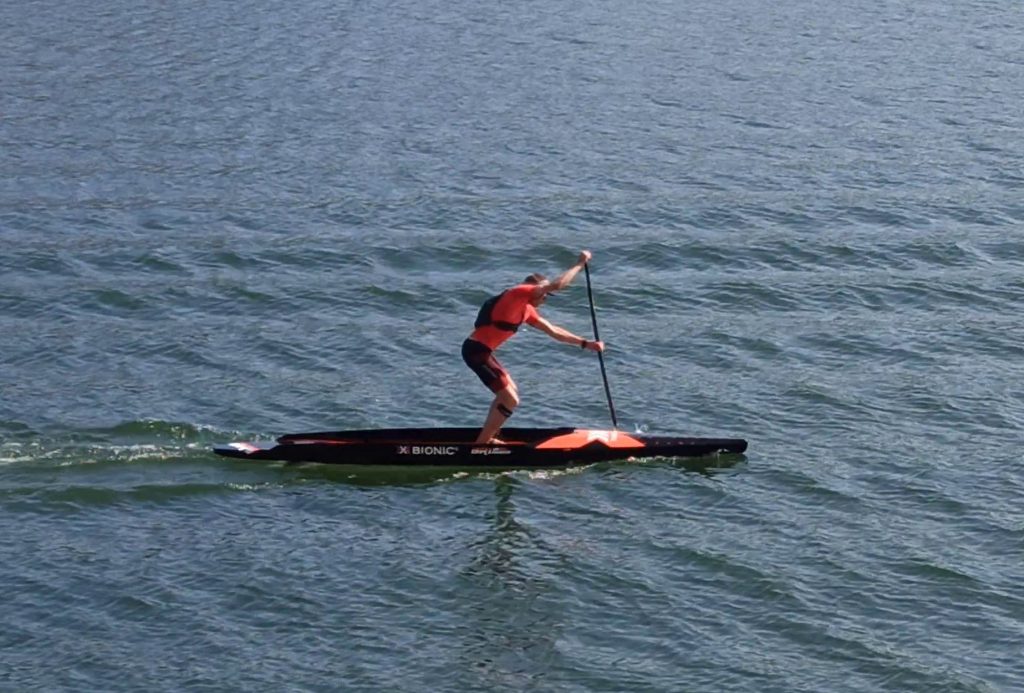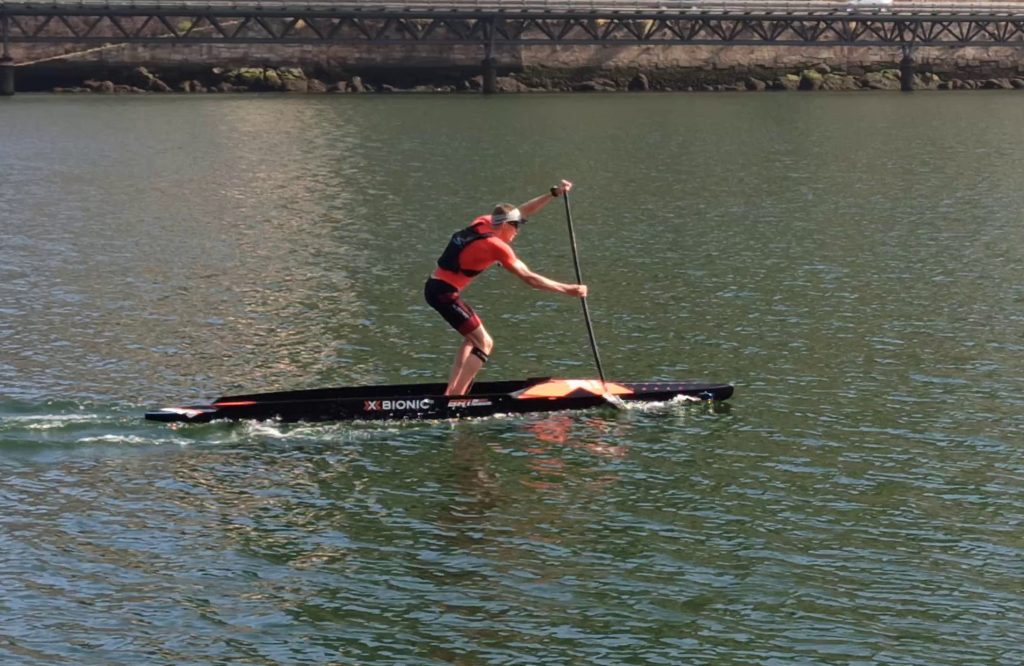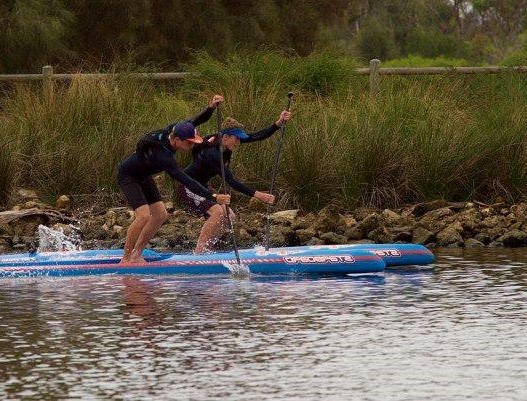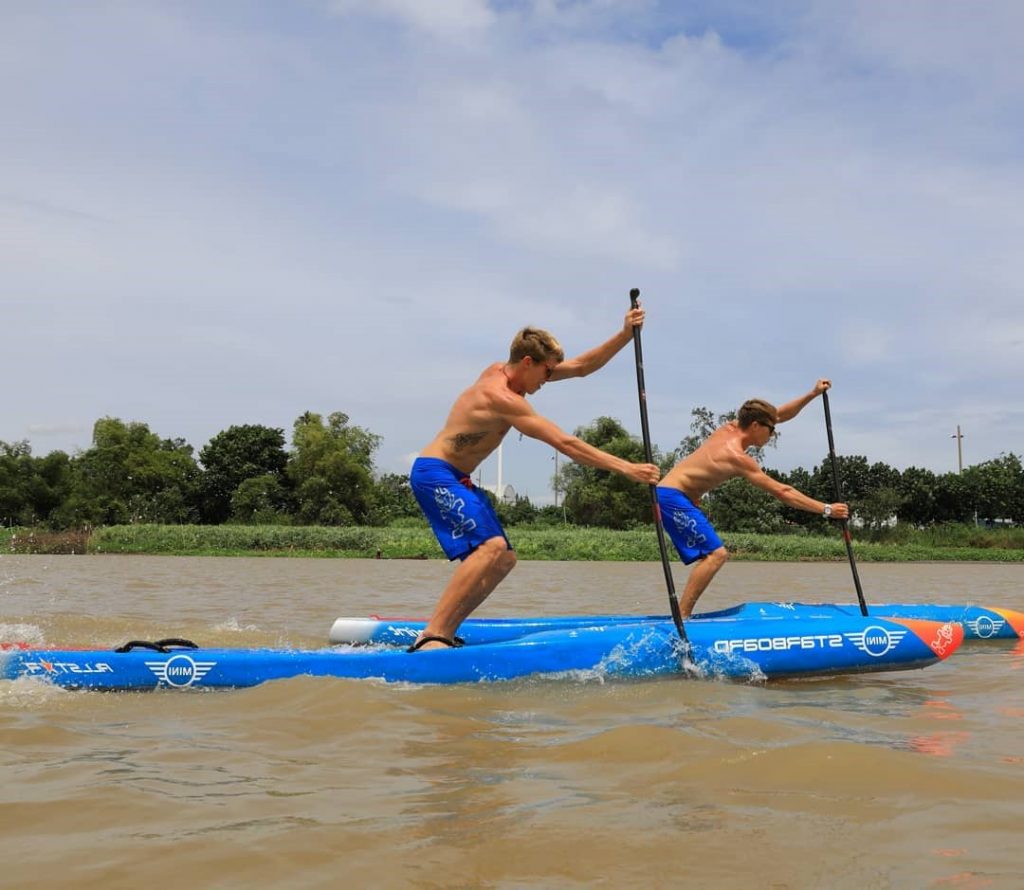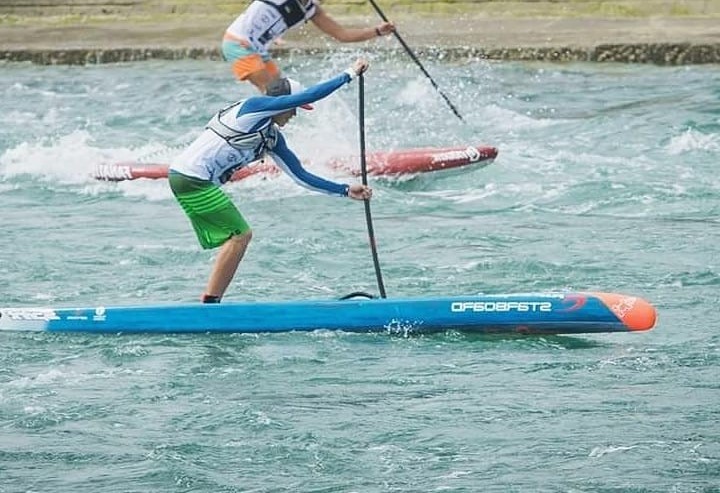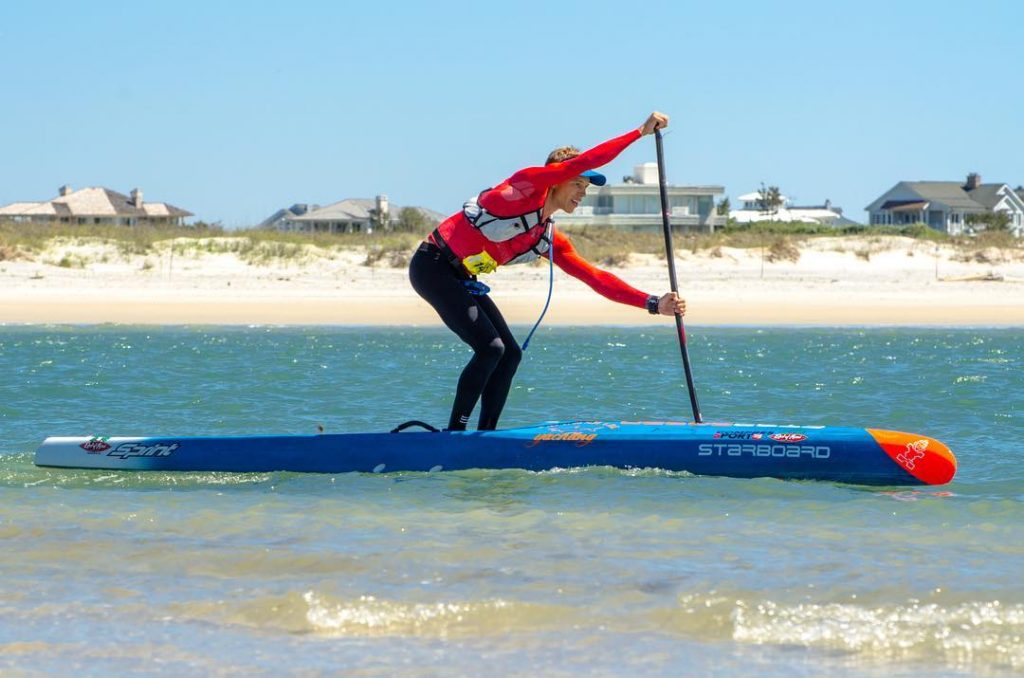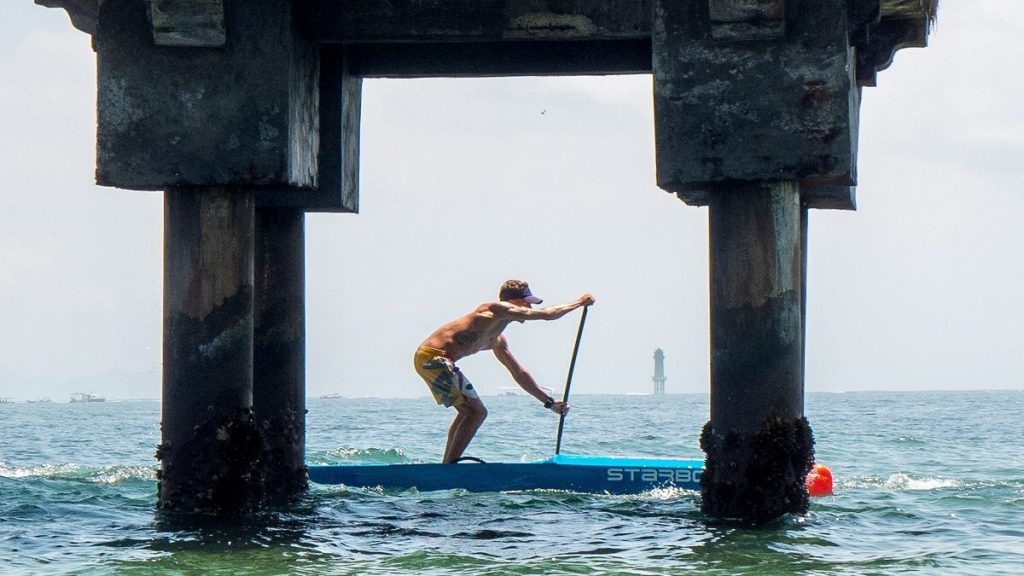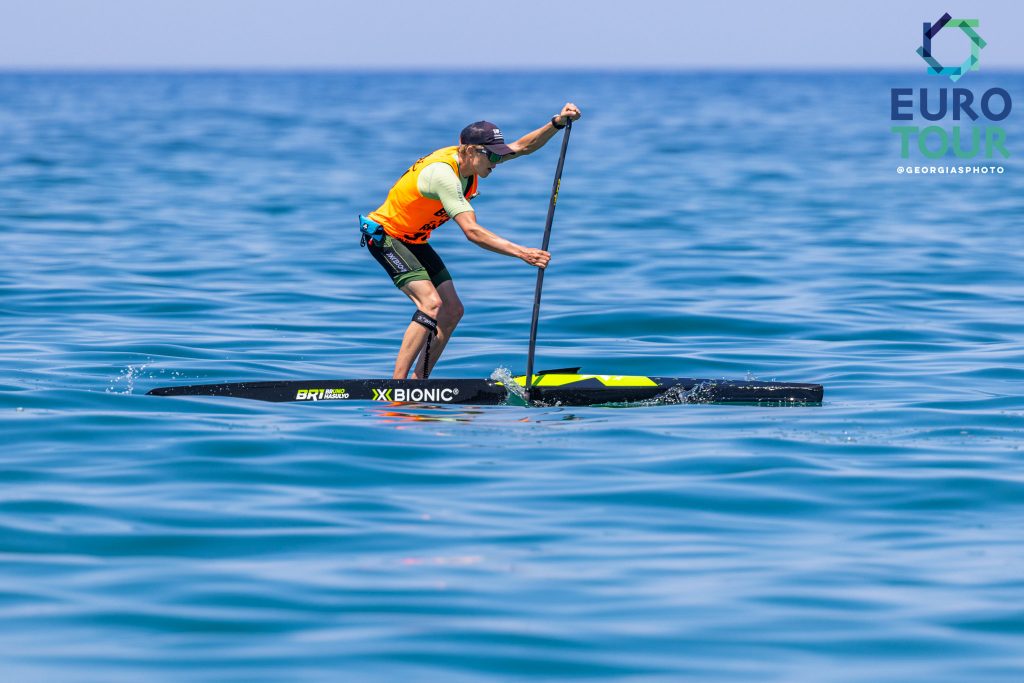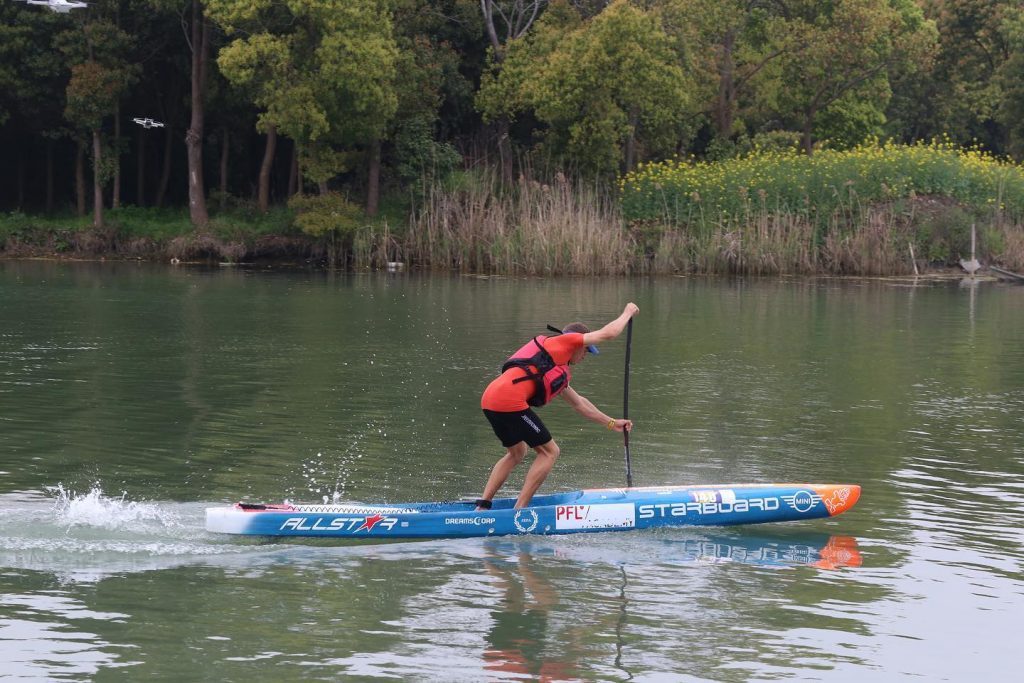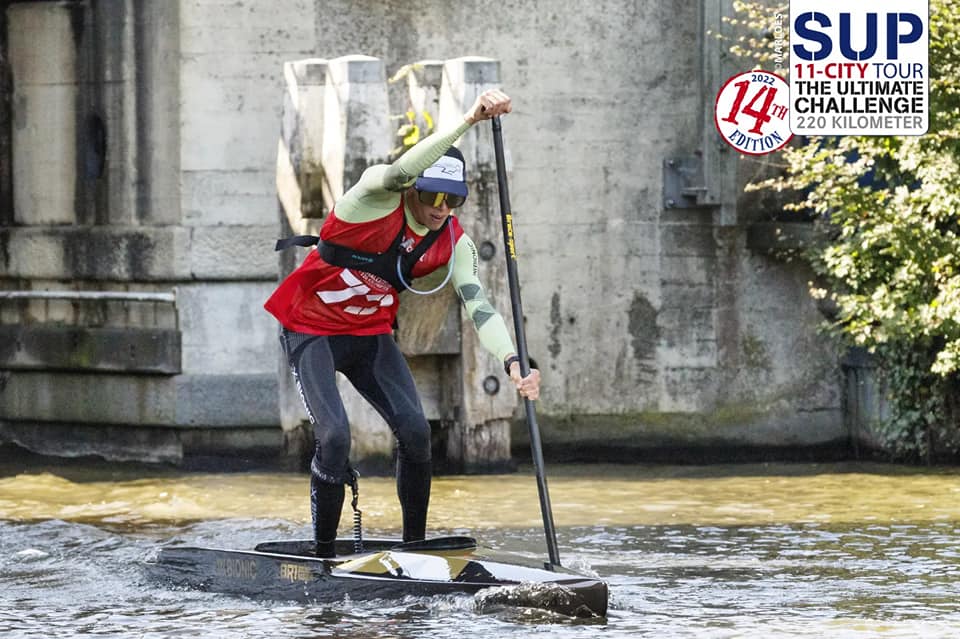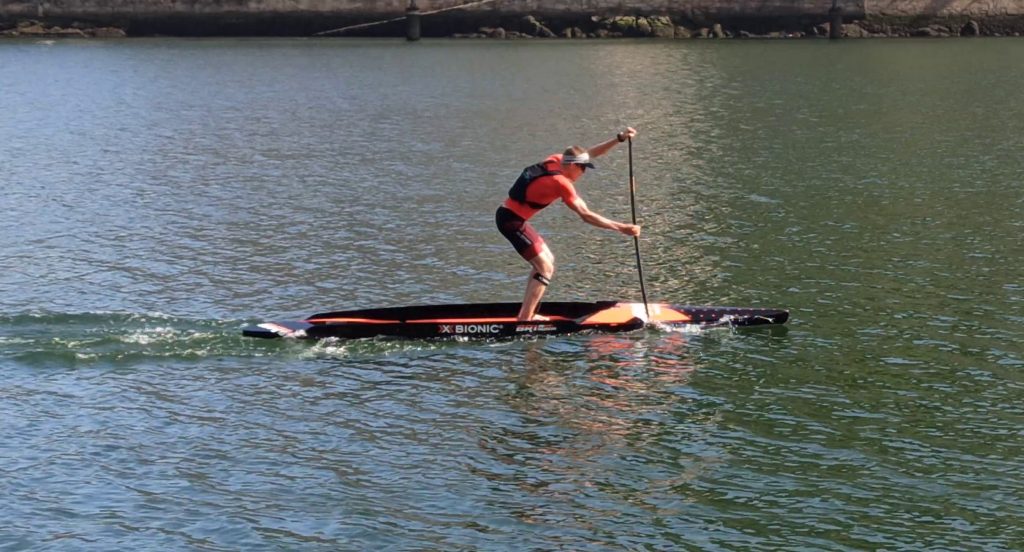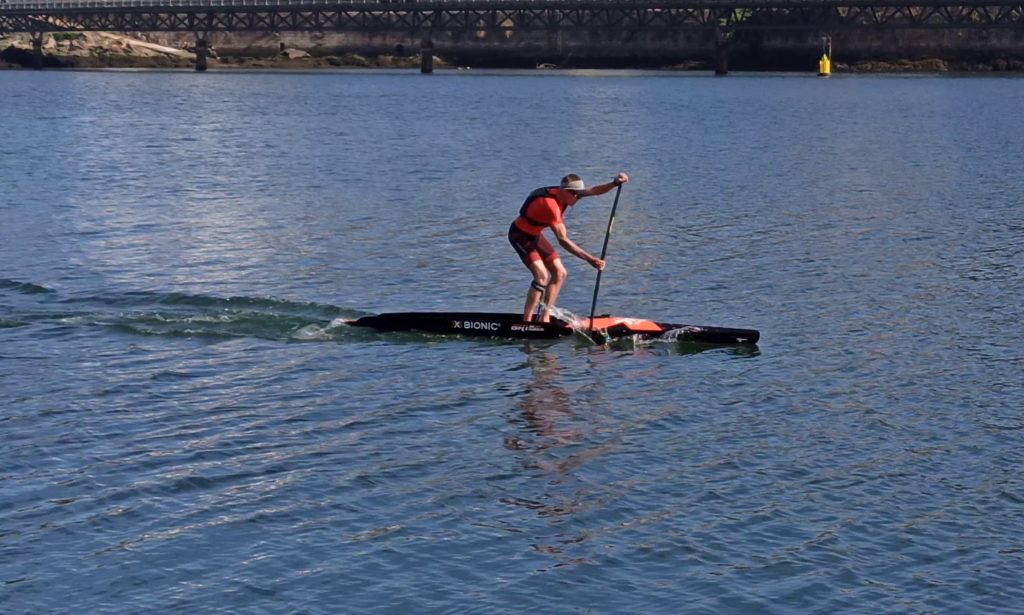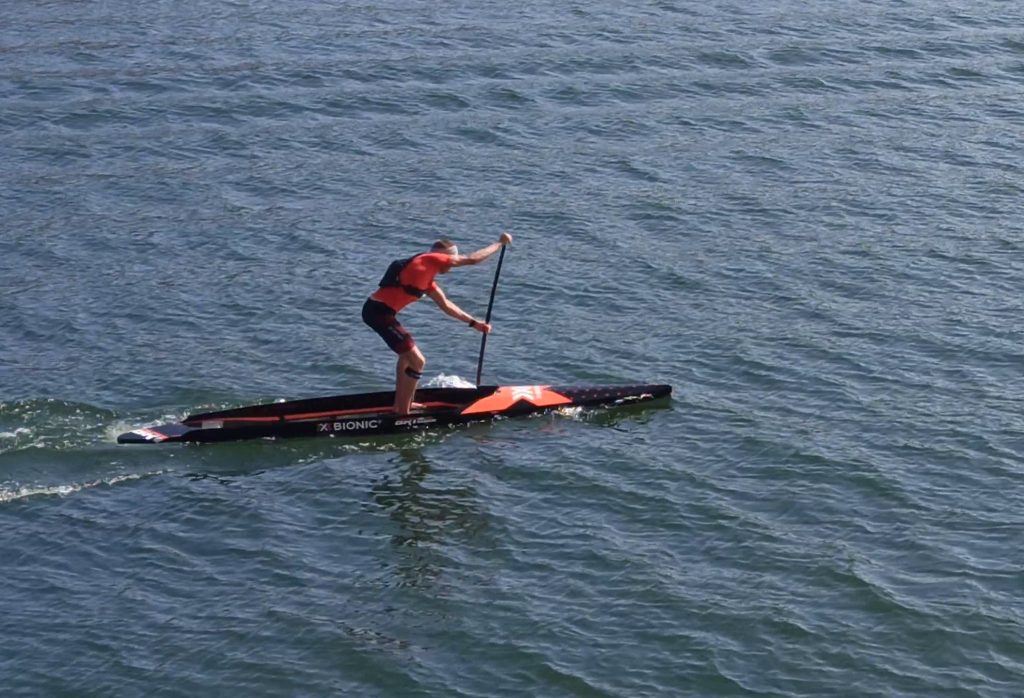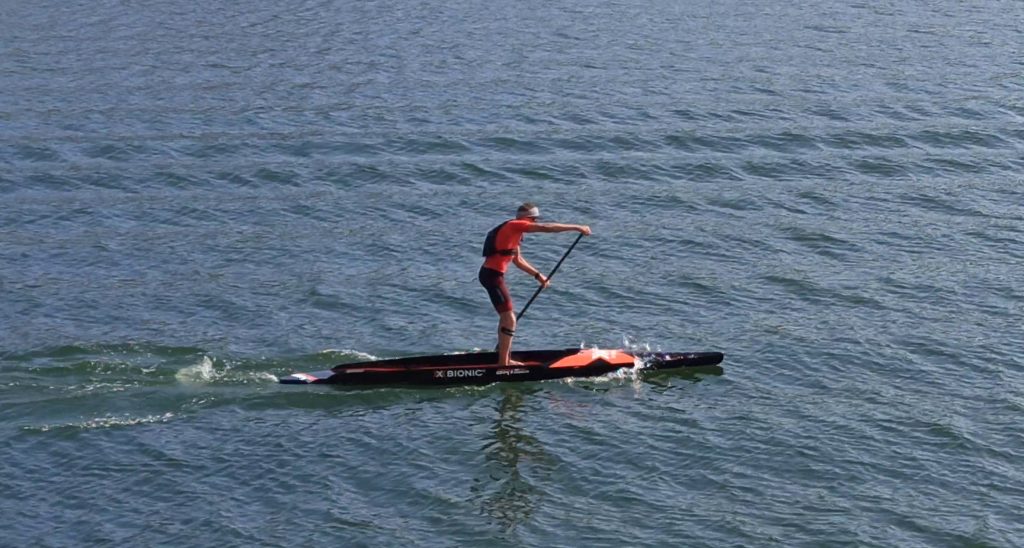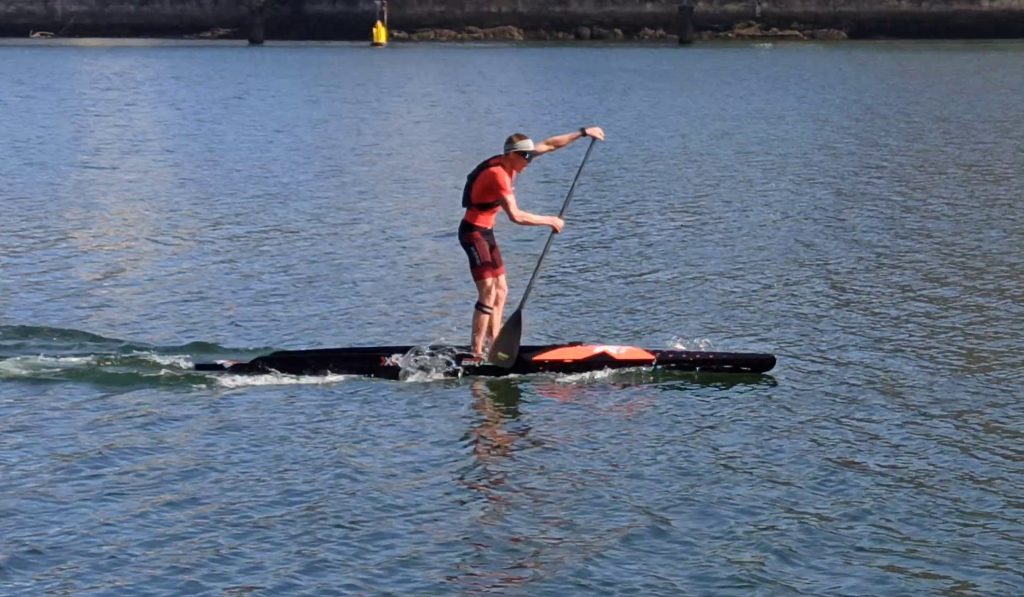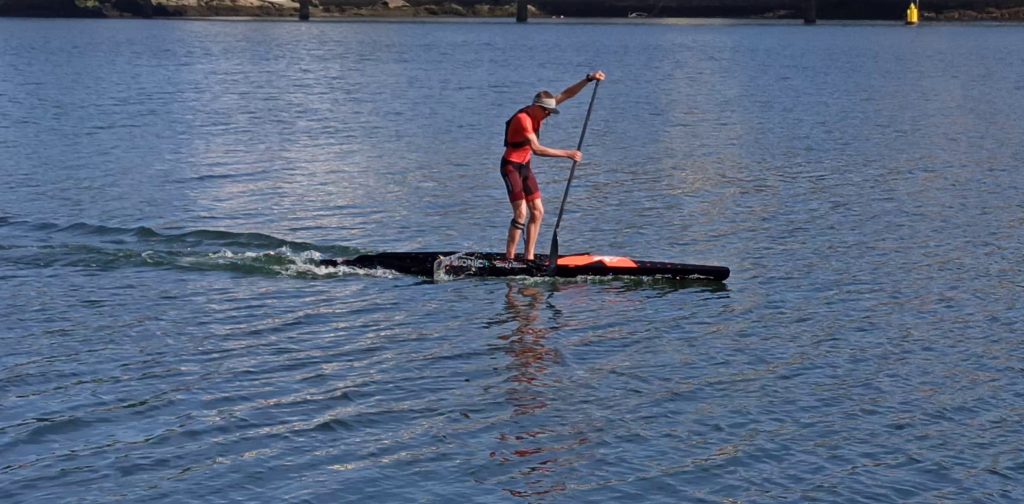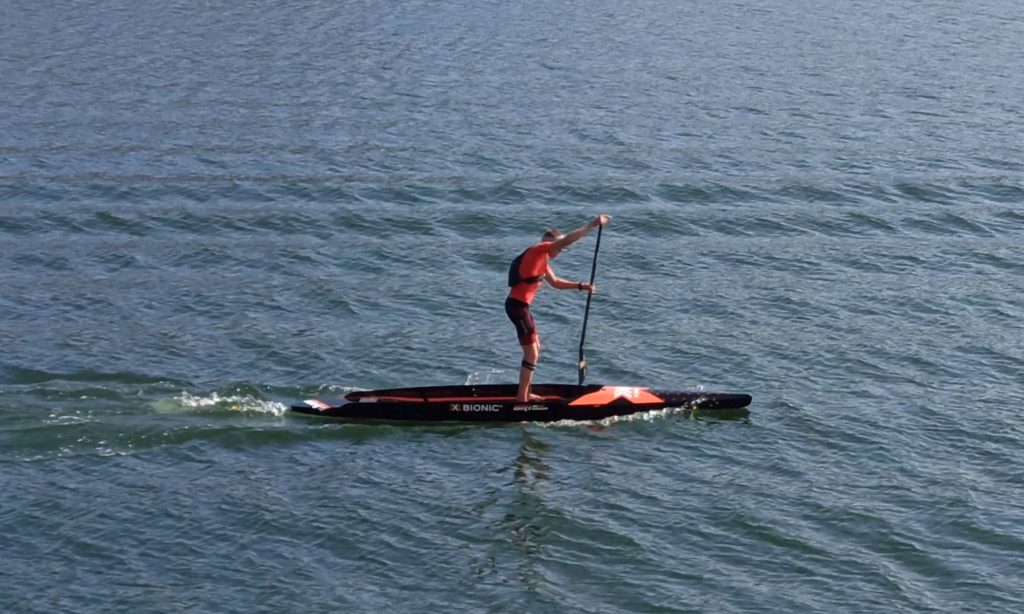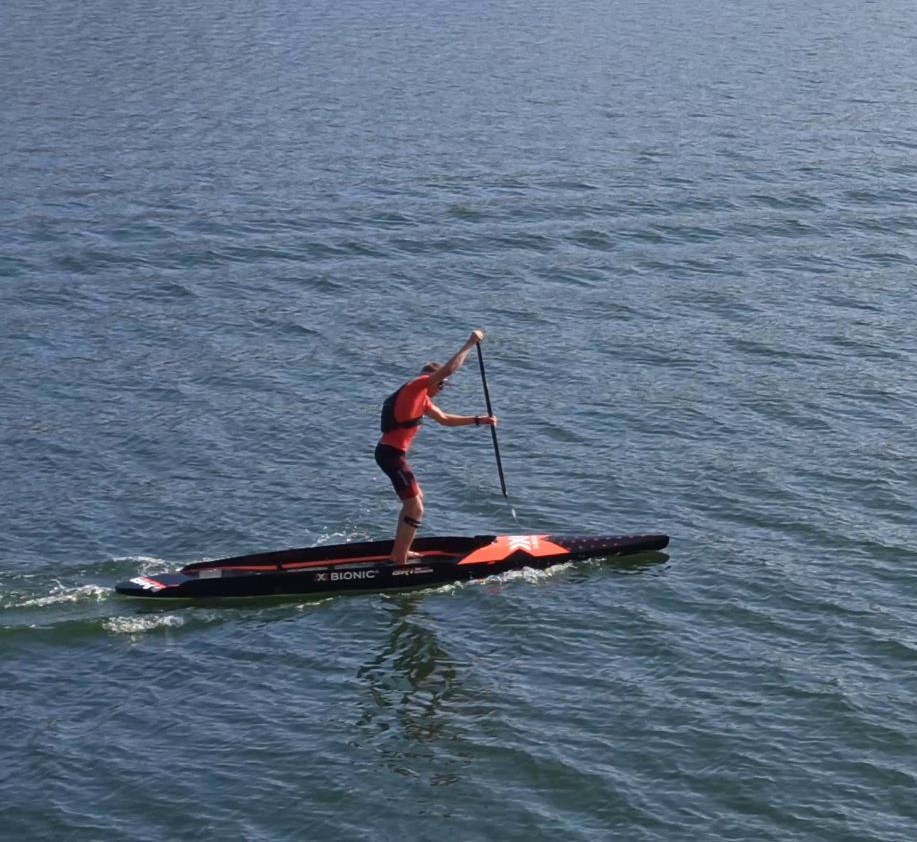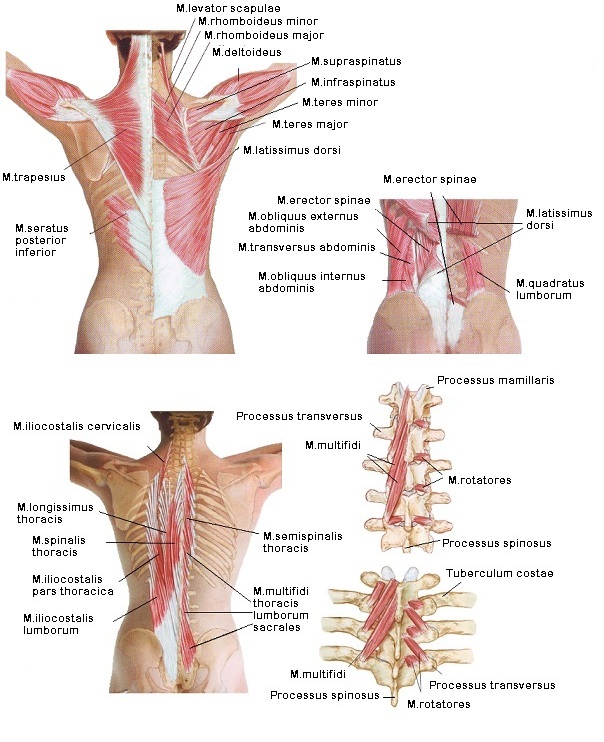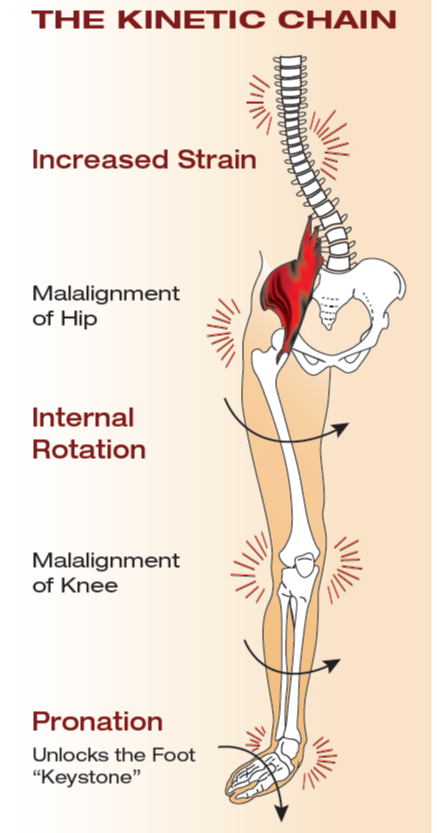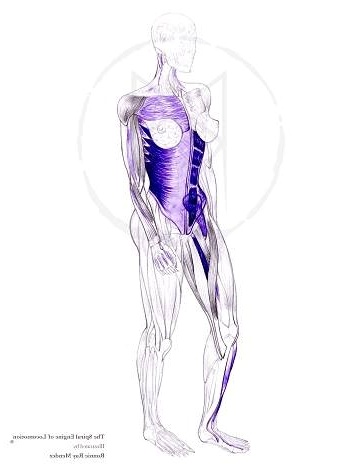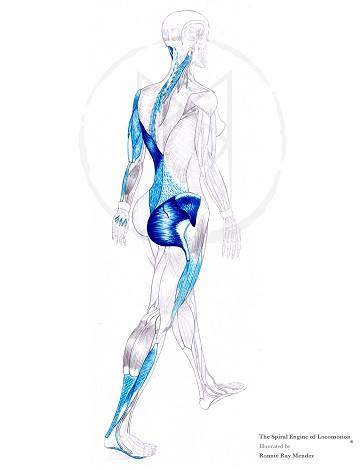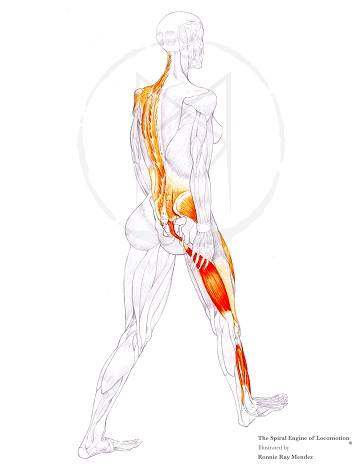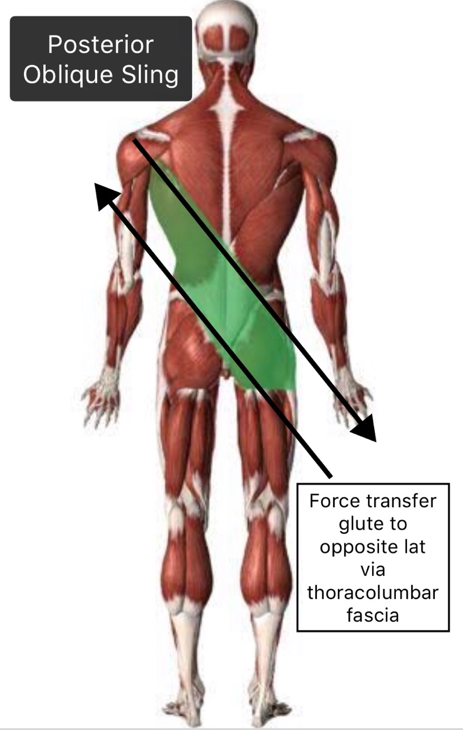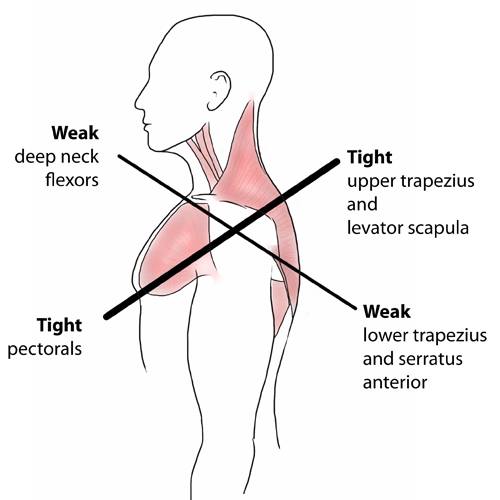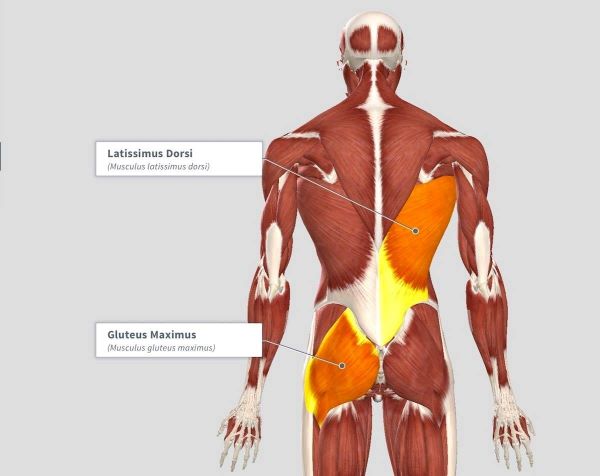Motto:
Everything you need, nothing you don’t!
SEPA Paddling Technique © Origins
Since 2011, I’ve been observing and analyzing SUP sports movements.
I’ve witnessed various technical executions and their countless variations, from highly successful professional athletes to numerous enthusiastic amateur paddlers. I also recognized that as the SUP sports base expands, the occurrence of injuries increases among both professionals and amateurs.
These injuries primarily manifest in the lower back, knees, and shoulders. They can arise from physical deficiencies in the body and/or poorly executed and repeatedly performed technical implementations.
In 2015, when I dedicated myself to the sport of SUP, I witnessed numerous paddle techniques around the world.
From perfectly executed rotational techniques to mixed, risky, and combined movements, the SUP market had it all.
Surely, everyone remembers these types of paddling: the twisting, very deep, whip-like trunk motion, the nodding… and the list goes on.
It felt a bit like a “babelian confusion” to me.
Each had something useful, but none seemed suitable in my opinion for instructing beginners or athletes with insufficient core strength.
After months and months of video analysis, I started collecting those movement details that I deemed effective, injury-free, and suitable for teaching.
Simultaneously, I engaged in discussions with several already successful, famous and renowned SUP racers about different techniques, their benefits, and the problems associated with them.
At that point, I already had a clear vision regarding what should and should not be done to establish an effective and safe paddling technique.
Hence, I preserved the proper, effective, and safe movements while “trimmed off” the unnecessary, energy-wasting motions.
Thus, the SEPA Paddling Technique © was born and I immediately recognized its necessity, that SUP sport needed it for development, expansion, and teachability.
When developing the SEPA Paddling Technique ©, the primary requirement was that the execution of a sporting movement must be scientifically describable and formulated.
Every sporting movement, including the movement in SUP sports, must be scientifically grounded, considering orthopedically safe ranges of motion, and ideally, it should also meet the criterion of minimizing the risk of injuries, even among beginner athletes.
The SEPA Paddling Technique’s first remarkable success came in 2017 when Bruno won the long-distance race at the World Championships in Denmark using this technique.
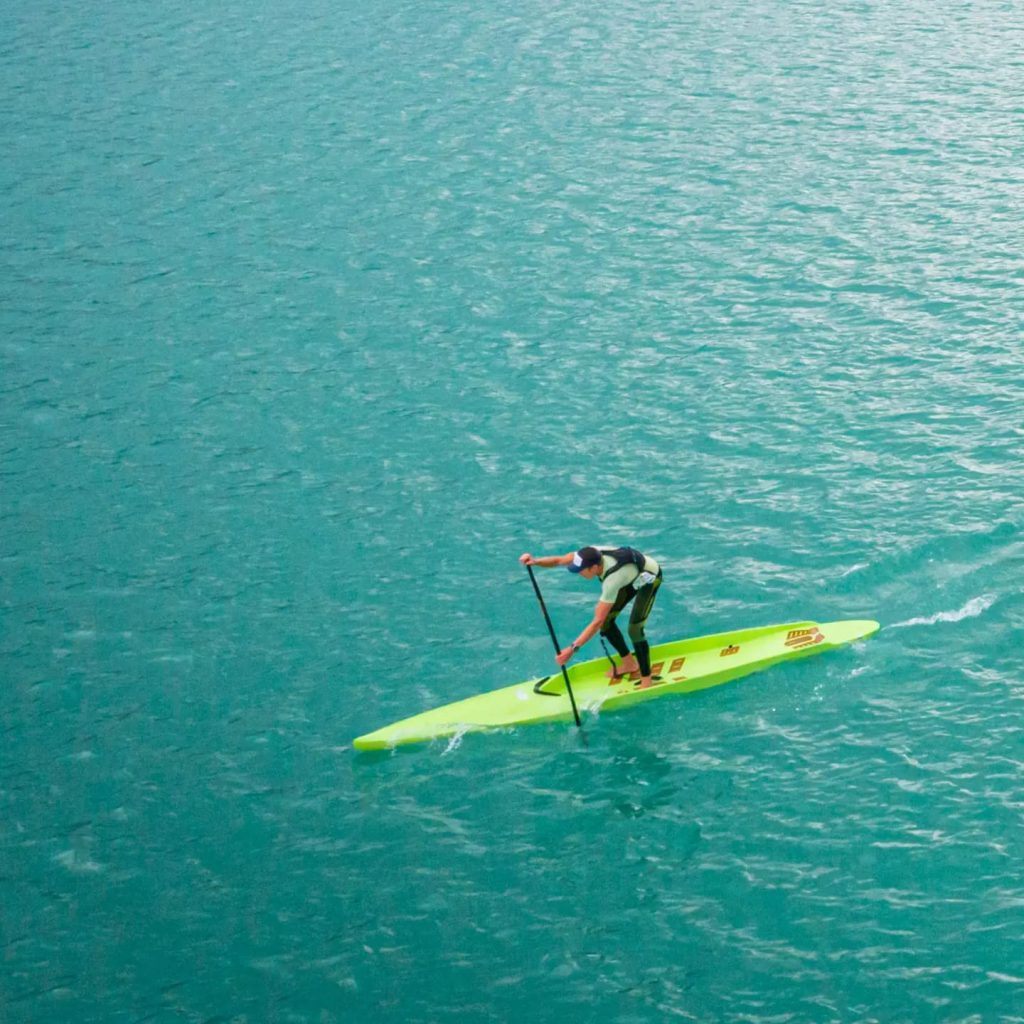
The fundamental thesis of the SEPA Paddling Technique ©
The SEPA Paddling Technique © is a method for making athletic paddling more efficient, emphasizing the use of large muscle groups. The advantage of the SEPA technique is that it helps increase the comfort of athletic paddling while reducing the load on the joints.
According to the SEPA Paddling Technique ©, the legs are the stronger muscles. By prioritizing the use of the legs instead of the shoulders, more effective and stable performance can be achieved.
Now we can ask the question, which are the main muscle groups involved in SEPA SUP paddling? Well, the muscles of the thighs and hips initiate the movement, with the strength held by the muscles of the torso (waist, back, and abdomen). When the legs are extended, the upper body swings into action, and the arms, shoulders, and upper back muscles complete the pull.
The SEPA basic paddling technique is presented under the following conditions:
- Parallel, symmetrically held feet on the board.
- Smooth or calm water surface.
- Continuous progress in a straight line.
Of course, skilled athletes successfully apply the SEPA Paddling Technique © with non-parallel foot positioning on various types of challenging water surfaces.
Summary of the basic requirements of the SEPA Paddling Technique ©
- Propel the SUP board forward in a straight line
- Perform movements with complete conscious nerve-muscle control
- Minimize the risk of injury
- Achieve maximum speed
- Use maximum force
- Achieve maximum efficiency
- Sustain performance over a long period of time.
Before we proceed, it is necessary to clarify the concept of paddling technique.
Definition of Paddling Technique
The concept of technique refers to the efficient movement process in paddling, aiming to achieve optimal performance. During the learning phase, this movement process needs to be consciously controlled by the neuromuscular system. With practice, the movement process becomes more automated, but advanced paddlers still require training sessions focused on refining the technique, where the neuromuscular system’s conscious control is maintained.
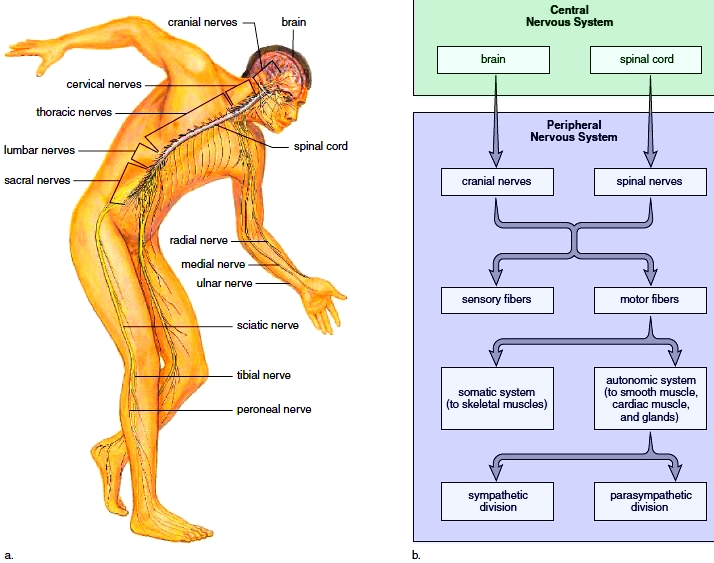
Basics that I followed
SUP paddling is a cyclical sport, characterized by an infinite chain of movements consisting of two fundamental parts – the acceleration of the board or the pull (power, exit phase), and the preparation (reach, catch, recovery phase). The movement sequence is good when there is no variation in pace, that is, when the cycle is smooth and uniform.
Cyclical movement: the movement elements repeat cyclically, the phases grouped into cycles follow each other in the same order, which can be symmetrical (uncrossed), where both limbs work at the same time (e.g. butterfly stroke), or crossed, where the movements of the right and left limbs alternate (e.g. running).
Therefore, SUP paddling is a specifically crossed, complex cyclical movement.
So, during one training session, the same sequence of movements can be repeated thousands of times.
This sequence of movements can be safe and injury-free, or it can be faulty, incorrect leading to injuries.
The mission of the SEPA Paddling Technique © is to minimize the possibility of injuries.
Based on the principles of the kinetic chain theory, it can be stated that SUP movement incorporates both open and closed kinetic chain motions. Therefore, from this perspective, it is a complex movement as well. In the SUP functional movement, the open and closed kinetic chain activities are alternately repeated, depending on whether the paddle is engaged with the water or not.
SUP paddling is essentially a sport that requires strength, endurance, and speed, and involves high-intensity and/or long-duration activities. Accordingly, the movement sequence had to be designed.
In the sport movement of SUP, we are essentially talking about a fundamentally complex, cyclic movement that engages multiple muscle groups, such as the calves, thighs, glutes, back, hip flexors, abdominal muscles, shoulders, arms, and many other smaller muscles. Therefore, it is crucial to consider how and with what quality we perform this sequence of movements.
Based on these scientific facts, I knew for certain that prioritizing and applying simpler ranges of motion was necessary.
I used the knowledge of three scientific fields to create the SEPA Paddling Technique ©:
– orthopedics,
– physiology, and
– biomechanics, kinetic chain theory
Rotation versus SEPA Paddling Technique ©
Before I go into further detail about the scientific background of the SEPA technique, it should be noted that the use of the rotation technique is GOOD, but with certain conditions. The rotation technique can be applied precisely, effectively, and without injury by athletes who have previously engaged in other rowing sports at a high level since childhood, such as waka, OC kayak, etc. Their technique is suitable for injury-free application of the rotational technique.
There are two major groups of the rotational technique:
1: Full rotation involving the legs, hips, and upper body
2: Partial rotation of the upper body with the legs kept motionless
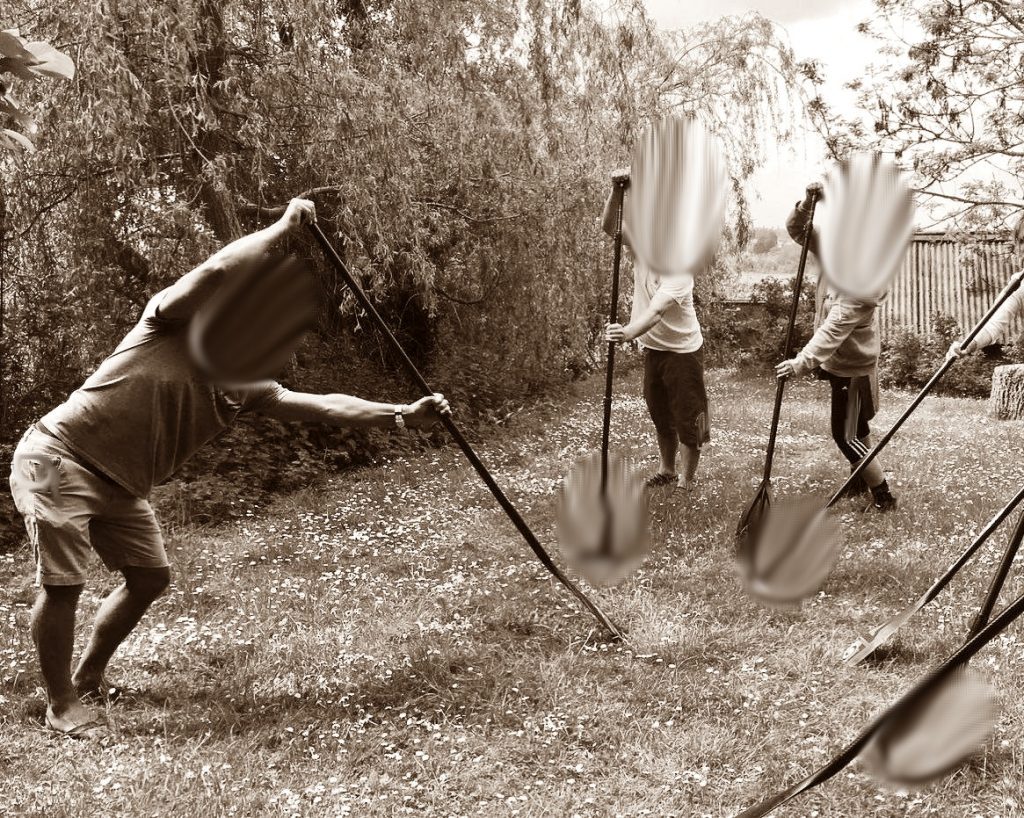
Many professional athletes use these techniques either in pure execution or in various variations, with great success. However, it is necessary to know that the rotational technique is not recommended for beginners and inadequately prepared athletes.
There are deep sports science prerequisites for the application of the injury-free rotational technique, which I do not intend to detail here.
It is important to note that highly skilled SUP racers often utilize a mixed technique or even switch between different technical solutions within a single race. They are capable of doing so because they are well-prepared and have a broad repertoire of SUP movements.
Professional athletes perform various paddling techniques consciously or instinctively, but they do it effectively.
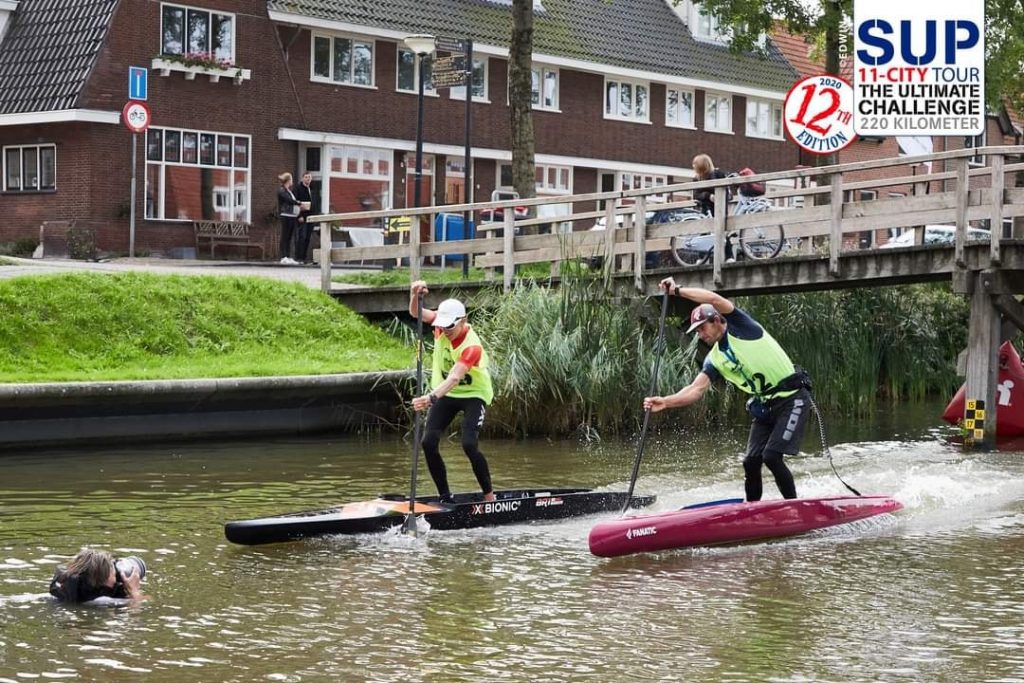
However, when teaching beginners, it is crucial to focus on deliberate movement instruction and solidifying the neuromuscular connections for new movements with the simplest, most natural movements possible.
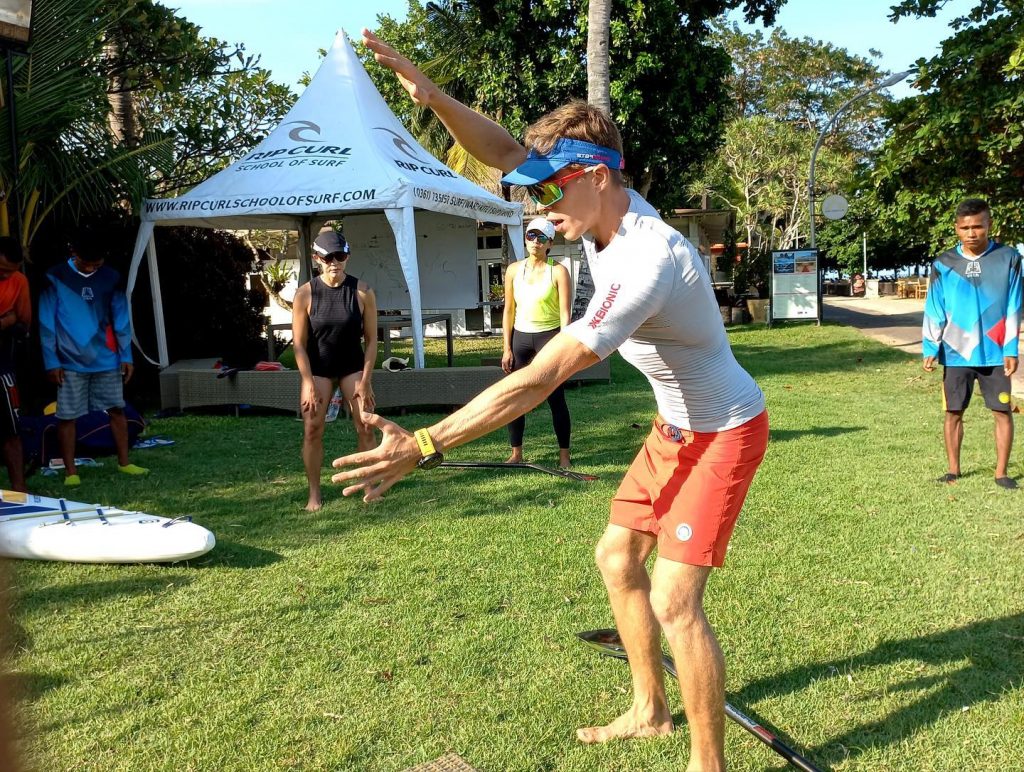
Description of the SEPA Paddle Technique ©
Starting position on the board:
- Hip-width stance with slightly turned out feet
- Slight knee bend
- Straight back
- The knees should never be inward or close to each other
- The feet, knees, hips, and shoulders are aligned parallel to each other.
During the movement, efforts should be made to maintain this parallel alignment.
In this case, it is possible for the energy originating from the feet to pass through the core and arms to the greatest extent possible, allowing it to be realized in the power phase.
It is important to avoid rotational or deviating movements from the midline, as they can result in energy loss (if the core musculature is not adequate) and pose a risk of injury.
Explanation of a single paddling cycle step by step:
1. Reach Phase
- powerful knee flexion with the hips moving backwards, while the paddle is swung forward towards the front of the board
- the hips move backwards along the centerline of the board
- the hips do not move out of the centerline of the board
- the torso slightly flexes at the hips and tilts slightly downwards to about a 45-degree angle
- the ankles, knees, and shoulders remain parallel as best as possible, with no twisting of the torso, rotation of the hips, or approaching of the knees.
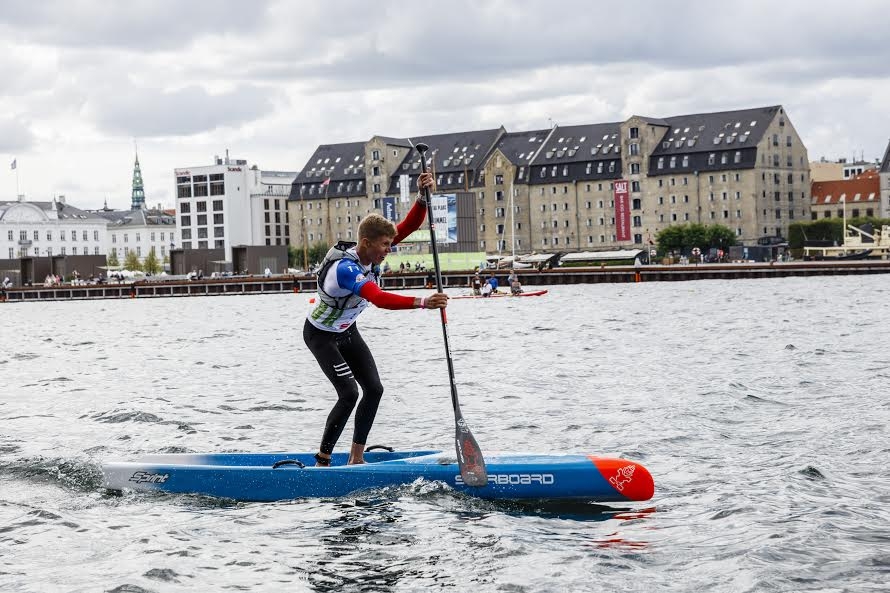
2. Catch Phase
- Water entry with blade, engaging with the water at the front of the board, at the maximum possible distance, with knee preparation (bending).
- This is a so-called pre-tension state prior to accelerating the board.
- The paddle should be in the most vertical position at the moment of catching the water.
+++
Furthermore, I would emphasize the importance of torso lift after the water catch:If, after the water catches, the torso continues to perform a downward movement, it hinders the powerful forward movement of the hips and knees, limiting the board’s acceleration.
Therefore, after the water catch, the optimal utilization of knee-hip-torso movement provides explosive energy that aids the work of the arms and shoulders in accelerating the board.
3. Power Phase
- Accelerating the board with the legs and hips towards the paddle,
- Utilizing a powerful hip thrust, knee extension, and torso lift.
- Harnessing the explosive and strong energy of the hip.
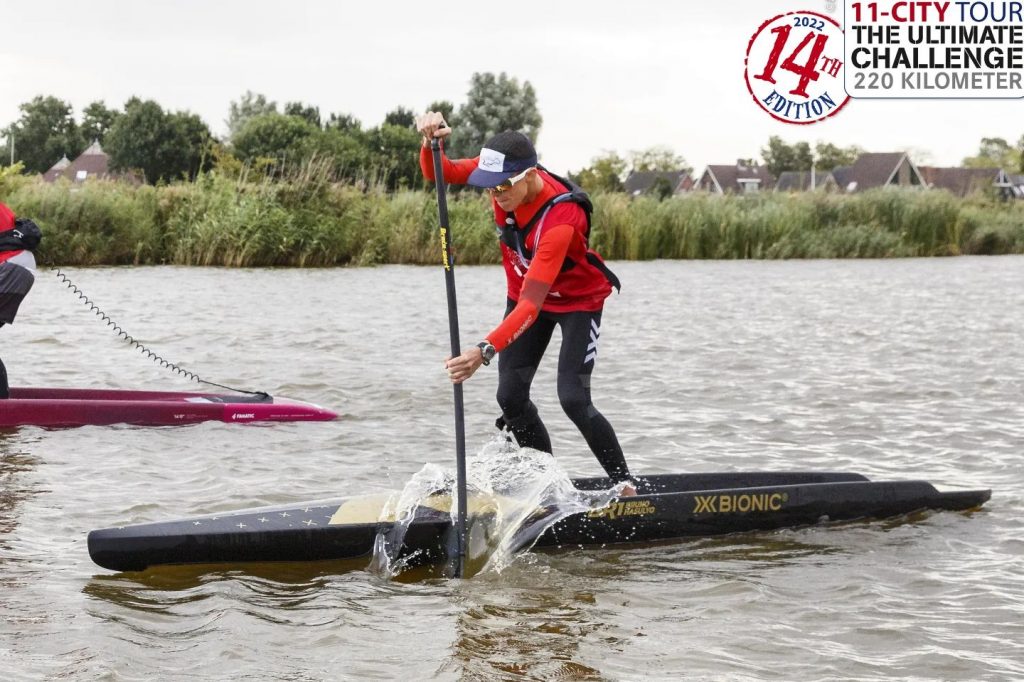
4. Exit Phase
- When the paddle reaches the line of the body and feet, the blade needs to be lifted out of the water.
- The oar loses the necessary power for acceleration when it goes beyond the line of the body.
- At the end of the stroke, aligning the body vertically assists in lifting the blade out of the water.
5. Recovery Phase
- The duration of this phase greatly depends on the physical and technical level of the paddler.
- This phase allows for a momentary muscle relaxation, while also preparing for the next cycle.
- I consider it appropriate if the motion is uninterrupted, without any momentary pause, and this phase immediately continues with the first, reach phase.
- Especially for highly trained athletes, the recovery phase blends with the first reach phase.
- Of course, for beginner athletes, this phase may be longer.
Scientific background explanation from three perspectives:
Orthopedics
From an orthopedic perspective, one of the primary missions of SEPA Paddle Technique © is to prevent and avoid injuries. This aspect is crucial for both recreational and professional athletes.
Taking these factors into account, the following guidelines are essential:
– Prioritizing the use of larger muscles over smaller ones.
– Activating simpler joints instead of complex ones.
– Eliminating twisting movements to protect the hips, spine, and shoulders, for the prevention of injuries
– Operating the knees in an orthopedically correct posture, which also helps prevent injuries.
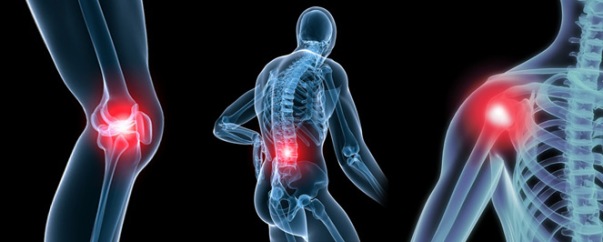
Physiology
– The dynamic, pulsating movement of the legs prevents the blood circulation from slowing down in the lower extremities, thus avoiding stagnation in the lower part of the body. Stagnant blood lacks sufficient oxygen and cannot nourish the muscles properly.
– Larger muscles can provide the same speed with less effort compared to smaller muscles, making the use of larger muscles more energy-efficient in this regard.
However, this holds true only when the muscle quantity is appropriate (not too much or too little) and the athlete has a high VO2 max, indicating good oxygen supply to the muscles.
As an example, I’m referring to the mass of the quadriceps and biceps muscles.
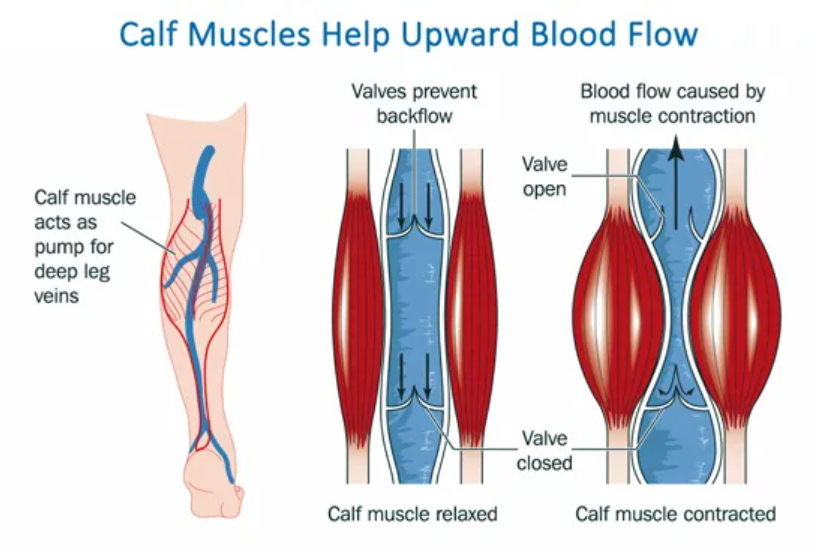
Biomechanics – Kinetic Chain Theory
Based on the conditions that straight-line and uniform motion are the objectives:
The fundamental principle of SUP movement is to move (slide) the board towards the paddle, not the other way around.
The accepted scientific view is the kinetic chain theory, which states that forces within the body act on each other in a transverse manner as well.
Taking all of these into account, let’s examine what happens with the rotational technique:
So, if the water catch occurs with a rotation of the torso (using one of the rotational techniques), one leg will inevitably exert more force on the board. As a result, the board will change direction (even if only slightly) and deviate from the straight line. If this movement is repeated multiple times, the board will definitely deviate from the straight line. If, after switching sides, the water catch is performed with the same rotational torso movement, the board will start pulling towards the other side and most likely move in a zigzag pattern.
This clearly and predictably results in energy and speed loss.
Professional athletes with proper training and preparation are capable of keeping the board straight, but beginners or athletes with weaker core muscles are likely to have experienced the zigzag motion of the board.
How does the SEPA Paddle Technique © work from a biomechanical perspective
- The feet, knees, and hips are aligned in a parallel line. This ensures the opportunity for the legs to apply equal force to both sides of the board.
- The water catch occurs without torso rotation, but with a distinct knee flexion. (Imagine compressing a spring and then releasing it.)
- At the catch moment, the board is in a stable state, and there is no need to compensate for potential tilting caused by rotation.
- By flexing the knee, we prepare the board to slide towards the paddle.
- Ideally, both legs apply equal and steady pressure on both sides of the board. This ensures that the legs push the board forward with equal force.
- By doing this, we minimize the deviation of the board’s nose from the straight line to the greatest extent possible.
- This allows the board to move forward in the most optimal and shortest path… and thus saving energy.
Let’s consider how the effects of movements add up during a one-hour paddling session.
- 60 minutes of training with
- 40 strokes per minute
- Equals 2,400 strokes.
This is a substantial number, and I imagine it’s even higher for those who row regularly. It’s important to think consciously about the positive and negative effects that these movements we do day in and day out can have on our strength and health from all perspectives.
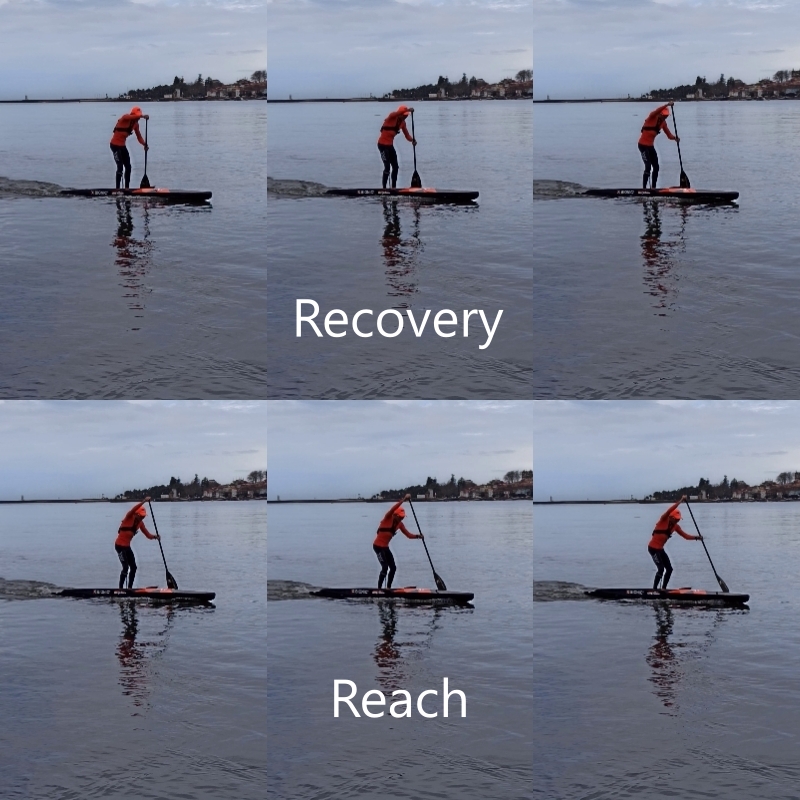
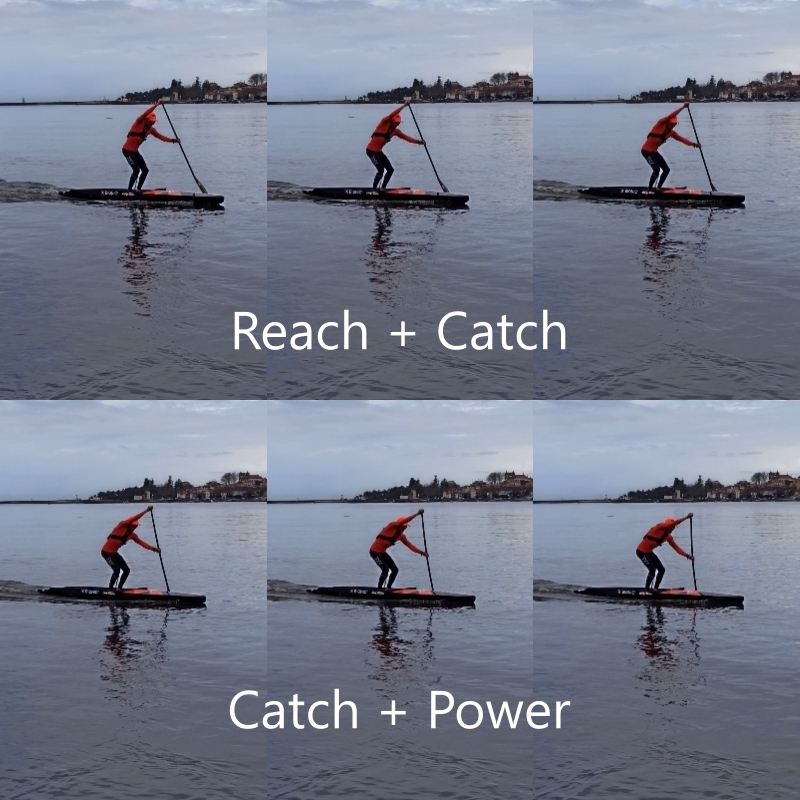
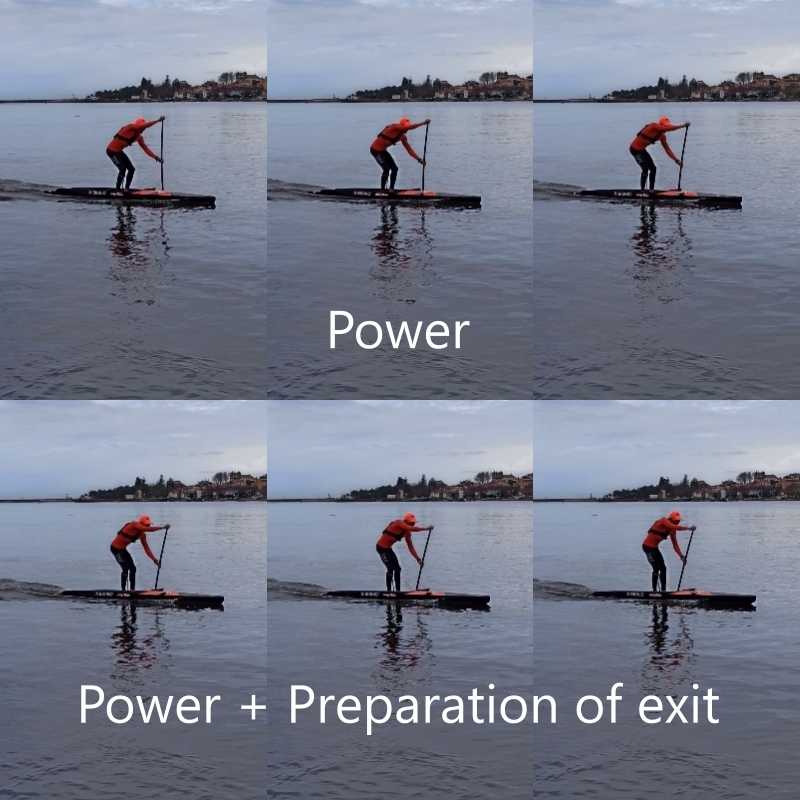
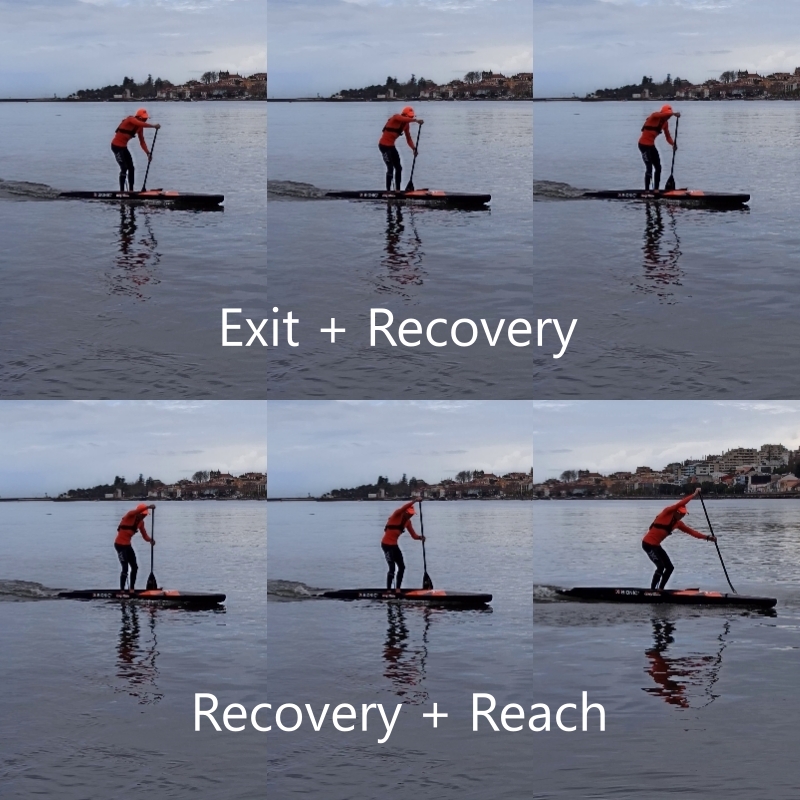
As a bonus, here is the evolution of SUP movement as I see it
In my opinion, up until today, we can observe three distinct and notable trends in the development of SUP as a sport. I am not talking about SUP surfing, but rather competitive SUP paddling.
I.
First-generation paddling technique
Approximately 30 years ago, when the novel sport of SUP began to emerge and develop, the first generation of SUP athletes were those guys who were already engaged in some other water sports such as outrigger canoeing, kayaking, or OC. These individuals were already well-trained in their respective sports, having paddled since childhood in most cases. When they stood up on the SUP board and started paddling, they naturally succeeded.
It was only natural for them to use their upper body for paddling, as rotational movement was already part of their skill set. They had been doing this all along, just in a seated position. So, in most cases, they stood statically on the board and began paddling with the rotational technique they had successfully practiced since childhood. They consciously executed this technique with complete muscle and nerve control.
These athletes achieved remarkable success in international arenas. They were, in many cases, admirable watermen/women.
II.
Techniques of those imitating the first generation
As I mentioned earlier, the first-generation SUP athletes were true watermen/women, sports enthusiasts who served as exemplary figures by the water. They had fantastic muscle structure, remarkable achievements, and a conscious repertoire of movements.
Then came the next generation, who wanted to SUP and eventually compete. At that time, there weren’t as many coaches as there are nowadays, but I won’t go into whether that was good or bad.
During that period, it seemed best for the younger generation to start imitating the movements of the already successful SUP athletes. Let’s not forget that the previous generation of SUP athletes had fantastic pre-existing skills and mostly employed rotational techniques with great success.
So, the newer generation started imitating this rotational technique according to their own judgment, often without conscious awareness and with minimal pre-existing knowledge. The outcome of this imitation during competitions depended on various factors.
However,
The most crucial aspect is that the new (imitative) generation did not possess the same physiological preparedness – including a strong core musculature – as the first generation did. (This can be said in most cases, with apologies to the exceptions!)
Surely, everyone remembers these techniques… Overly deep, excessively twisty, with unnecessary movements… and the list could go on.
This world championship is a true Time Travel around the SUP techniques.
The SUP men long-distance race starts at 4:45.
III.
SEPA Paddling Technique ©
As you know, I didn’t come from a rowing/paddling background, so I didn’t have any preconceived notions about the movement of paddling. I established a so-called list of expectations and then examined how these expectations could be achieved most efficiently.
It became clear to me which movements needed to be completely abandoned and which ones needed to be modified for the most effective SUP movement.
I eliminated any unnecessary movements and retained only the most efficient ones.
One of the key considerations was to ensure that beginners and individuals without physical preparedness could perform the sequence of movements without injuries and for extended periods of time.
Thus, the SEPA Paddling Technique © was born. As I mentioned in the first section, its first remarkable success came in 2017 when Bruno won the long-distance race at the World Championships in Denmark using this technique.
SLOW MOTION VIDEO by SEPA
I have prepared this video a bit for better visibility and I have also slowed it down…
Here you can see the final moments of the World Championship and how Bruno starts using his legs and “hip energy” even more to accelerate the board.
I am pleased to see that more and more athletes and coaches are analyzing and utilizing the SEPA Paddling Technique ©.
I am also pleased to see that there are several competent coaches who are able to teach the rotational technique to novice athletes. These coaches are aware of the conditions under which they can implement this without causing injuries.
And here we are now.
However, SUP is a rapidly evolving sport.
We are still at the very beginning of the timeline of SUP as a sport.
Methods come and go, and there are fantastic innovations happening at every level. I am eagerly looking forward to what the future holds. In the meantime, let’s continue practicing the sport and find happiness in it!
To demonstrate the rotational SUP paddling technique, I requested assistance from legendary rowing/paddling athletes. I wanted to use their photos and their names to showcase the rotational SUP technique. I would like to express my gratitude publicly for their immediate and gracious help and their consent.
They all stated that the development of the SUP sport is a collective effort, so let’s go for it!
A big thank you for granting permission to use the photos:
Danny Ching
Georges Cronsteadt
Joep van Bakel
Steeve Teihotaata
Travis Grant
Huge thanks to my husband and own sons for supporting and continuing to support me in everything! They have also been involved in the creation of
SEPA Paddling Technique ©
as they were willing to try out all my scientific, innovative, and sometimes extreme ideas. So, they were the “test pilots,” and I believe they have not regretted it.
Thank you, Daniel & Bruno!
I have two master’s degrees in sports science. If you’re interested, you can read more about me here:
https://sepacademy.com/home/about-me/
As a coach, you can see my best results here: https://sepacademy.com/athletes/results-2/
The majority of the photos are privately owned, with some of them taken during the competitions. I have kept the competition logos on the photos taken at the events.
Thank you for their use!
Over the years, among other information, I have read the following:
https://en.wikipedia.org/wiki/Standup_paddleboarding
https://blackprojectsup.com/how-to-paddle-your-sup-in-a-straight-line-increase-tracking/
http://zenwaterman.blogspot.com/2011/01/paddle-technique-part-3-stacking.html
https://dna-assessment.com/category/5-primary-kinetic-chains/
